Shoulder presses are a staple exercise in any fitness regimen, targeting the deltoid muscles and offering a robust way to build upper body strength. Whether you are a beginner or an advanced lifter, mastering shoulder press variations like the W Press and Dumbbell W Press can lead to stronger, more sculpted shoulders. In this article, we’ll explore the various types of shoulder presses, focusing on the W Press, W Shoulder Press, and Dumbbell W Press, discussing their benefits, proper techniques, and how to incorporate them into your routine for maximum results.
What is a Shoulder Press?
The shoulder press is a fundamental exercise designed to build strength and size in the shoulders, primarily targeting the deltoids. It involves pressing a weight overhead, engaging both the front and lateral parts of the shoulder muscles. In addition to the deltoids, this exercise also works the triceps, upper chest, and upper back muscles.
1.1 Common Shoulder Press Variations
- Overhead Press: The traditional shoulder press done with either a barbell or dumbbells.
- W Shoulder Press: A variation using a unique grip that involves rotating the hands into a "W" shape, often using dumbbells for better control.
- Dumbbell W Press: A specific variation of the W shoulder press, but exclusively using dumbbells, which provides a greater range of motion.
The Benefits of the Shoulder Press
Shoulder presses are essential for anyone seeking to enhance upper body strength. They not only strengthen the deltoid muscles but also contribute to better posture, improved overhead strength, and muscle hypertrophy.
2.1 Full-Body Engagement
While the primary muscles worked are the deltoids, shoulder presses engage other muscle groups such as the triceps, traps, and upper chest, making them a full-body exercise. This helps improve overall stability and coordination.
2.2 Enhances Shoulder Mobility and Stability
Regularly performing shoulder presses, particularly with the W Press and Dumbbell W Press, can improve shoulder mobility and stability, reducing the risk of injury and enhancing athletic performance.
2.3 Increases Functional Strength
The pressing motion mimics real-life movements, making shoulder presses excellent for functional strength training. Whether you're lifting groceries or performing sports activities, shoulder presses build the strength necessary for everyday tasks.
The W Press Explained
The W Press is a shoulder press variation that differs from traditional presses by incorporating a unique hand position. This "W" shape is created by holding the dumbbells at a 45-degree angle, with the elbows bent and the hands turned inwards. This position helps activate the rotator cuff muscles and provides a more dynamic movement.
3.1 How to Perform a W Press
- Start Position: Hold the dumbbells with your palms facing each other, elbows bent at 90 degrees, and the dumbbells just above shoulder height.
- Movement: Press the dumbbells overhead while keeping the elbows slightly bent and the palms facing each other in the "W" position.
- Return: Lower the dumbbells back to the starting position, keeping control throughout the movement.
3.2 Benefits of the W Press
- Rotator Cuff Activation: The W Press targets the rotator cuff muscles, which help stabilize the shoulder joint.
- Better Shoulder Health: By engaging the rotator cuff, the W Press can reduce the risk of shoulder injuries, especially in athletes and those lifting heavy weights.
- Improved Posture: The W Press can improve posture by engaging muscles in the upper back and rear delts.
The Dumbbell W Press: A Focus on Range of Motion
The Dumbbell W Press is a more specialized form of the W Press, emphasizing a greater range of motion and muscle engagement through the use of dumbbells. This allows for a deeper stretch and contraction of the deltoids, particularly the front and lateral heads.
4.1 Dumbbell W Press vs. Regular Shoulder Press
While the regular shoulder press typically uses a barbell or a machine, the Dumbbell W Press utilizes dumbbells, offering more freedom of movement. The dumbbells allow for a more natural movement pattern, giving your shoulders a full range of motion.
4.2 How to Perform the Dumbbell W Press
- Setup: Sit on a bench with a dumbbell in each hand. Hold the dumbbells at shoulder height with your palms facing each other.
- Pressing Movement: As you press the weights overhead, rotate your palms so they face forward at the top of the lift.
- Control the Descent: Lower the dumbbells in a controlled manner, ensuring that your elbows don’t flare out excessively.
4.3 Advantages of the Dumbbell W Press
- Increased Shoulder Activation: The dumbbells allow each arm to work independently, ensuring balanced strength development.
- Range of Motion: The Dumbbell W Press offers a superior range of motion, which can lead to more effective muscle development and improved flexibility.
W Shoulder Press: Targeting Deltoids and Rotator Cuff Muscles
The W Shoulder Press is a variation of the traditional overhead press that specifically targets the deltoids and rotator cuff muscles. This exercise can be done with either a barbell or dumbbells, but using dumbbells provides more control and allows for a more natural hand position.
5.1 The Mechanics of the W Shoulder Press
- Setup: Begin with the dumbbells held at shoulder height, palms facing each other, and elbows at 90 degrees.
- Pressing Movement: Press the weights directly overhead while keeping the palms facing inward in the W position.
- Return: Slowly return the dumbbells to the starting position, maintaining control of the movement.
5.2 Benefits of the W Shoulder Press
- Improved Shoulder Stability: This variation helps strengthen the rotator cuff muscles, providing better shoulder stability and reducing the risk of injury.
- Better Control: The W shoulder press improves your ability to control the weight throughout the full range of motion, enhancing muscle activation.
Incorporating Shoulder Press Variations into Your Routine
To maximize shoulder strength and hypertrophy, it’s important to incorporate shoulder press variations into your workout routine. Combining the W Press, W Shoulder Press, and Dumbbell W Press with other compound exercises can promote balanced muscle growth and functional strength.
6.1 Sample Shoulder Press Routine
- Warm-up: 5-10 minutes of dynamic stretches and light cardio.
-
Main Set:
- 4 sets of 8-12 reps of Dumbbell Shoulder Press
- 3 sets of 8-10 reps of W Shoulder Press
- 4 sets of 10-12 reps of Dumbbell W Press
- Cool Down: Stretch your shoulders and upper back, holding each stretch for 20-30 seconds.
6.2 Progressive Overload for Strength Gains
To continue progressing, apply the principle of progressive overload by increasing the weight or volume of your shoulder presses over time. This will stimulate muscle growth and help you avoid plateaus.
Safety Tips for Performing Shoulder Presses
To ensure that you are performing shoulder presses safely and effectively, follow these essential tips:
- Warm Up Properly: Always warm up your shoulders with light weights or dynamic stretches before attempting heavy lifts.
- Maintain Proper Posture: Keep your core engaged and your back straight throughout the lift to avoid unnecessary strain on your lower back.
- Control the Movement: Avoid jerking the weights up or letting them drop too quickly. Controlled movements maximize muscle activation and reduce injury risk.
Frequently Asked Questions
1. What is the W Press, and why is it beneficial for shoulder health?
The W Press is a shoulder press variation where your hands are positioned in a "W" shape, targeting the deltoids and rotator cuff muscles. It helps improve shoulder stability and reduce the risk of injuries by strengthening the stabilizing muscles of the shoulder joint.
2. Can the Dumbbell W Press help with shoulder flexibility?
Yes, the Dumbbell W Press improves shoulder flexibility by offering a greater range of motion than traditional shoulder presses. The dumbbells allow for a natural hand movement, leading to better muscle stretch and activation.
3. How do I perform a W Shoulder Press safely?
To perform the W Shoulder Press safely, ensure that you maintain good posture by keeping your core tight and back straight. Perform the movement in a controlled manner, and avoid locking your elbows at the top of the press.
4. Should I use a barbell or dumbbells for shoulder presses?
While both barbells and dumbbells are effective for shoulder presses, using dumbbells allows for a greater range of motion and helps to develop unilateral strength. Dumbbells are also better for variations like the Dumbbell W Press.
5. How often should I incorporate the W Press into my workout routine?
You can incorporate the W Press into your routine 2-3 times per week, depending on your training split. Ensure you allow for proper recovery between sessions.
6. What other exercises complement shoulder presses?
Exercises like lateral raises, front raises, and face pulls complement shoulder presses by targeting different parts of the deltoids and improving shoulder stability.

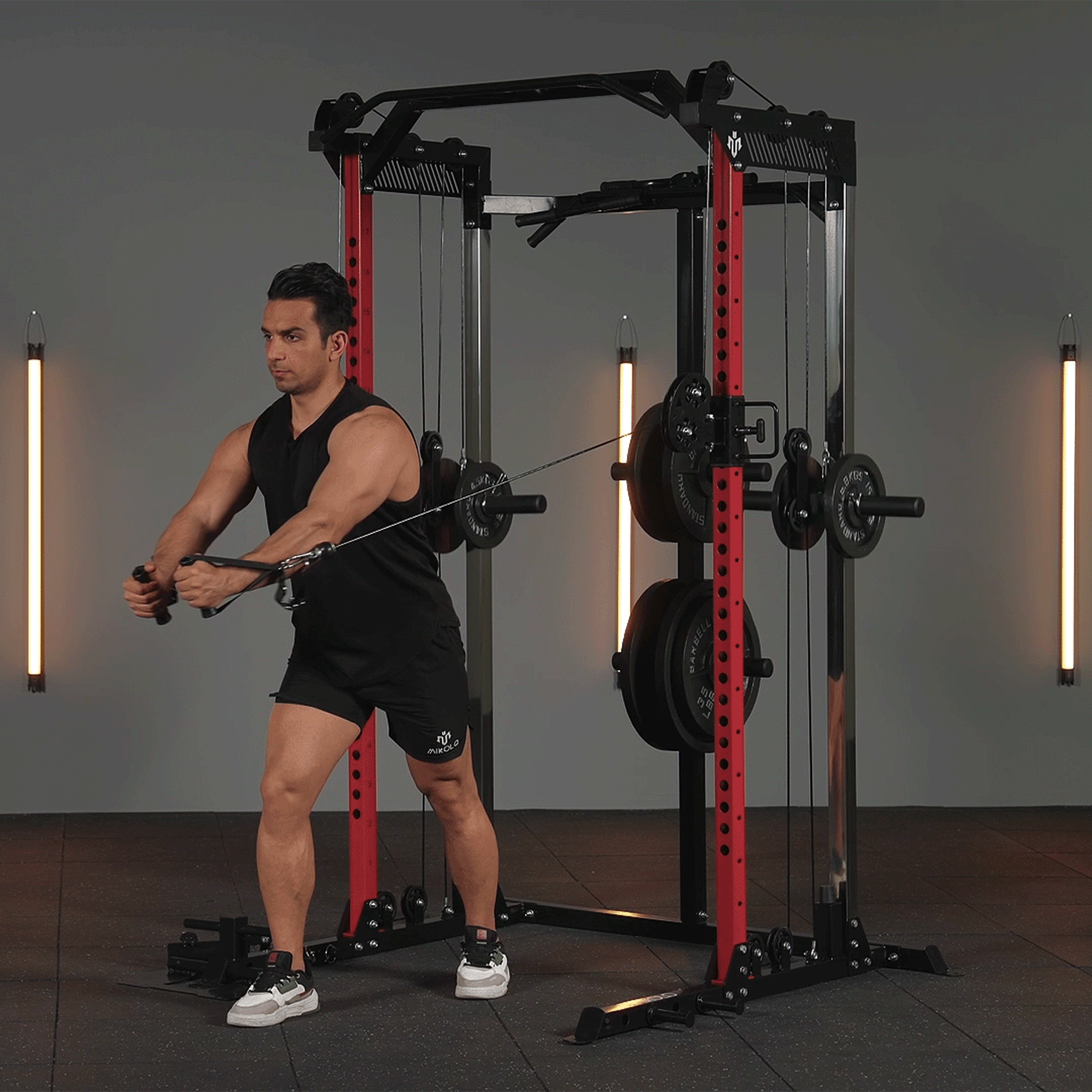
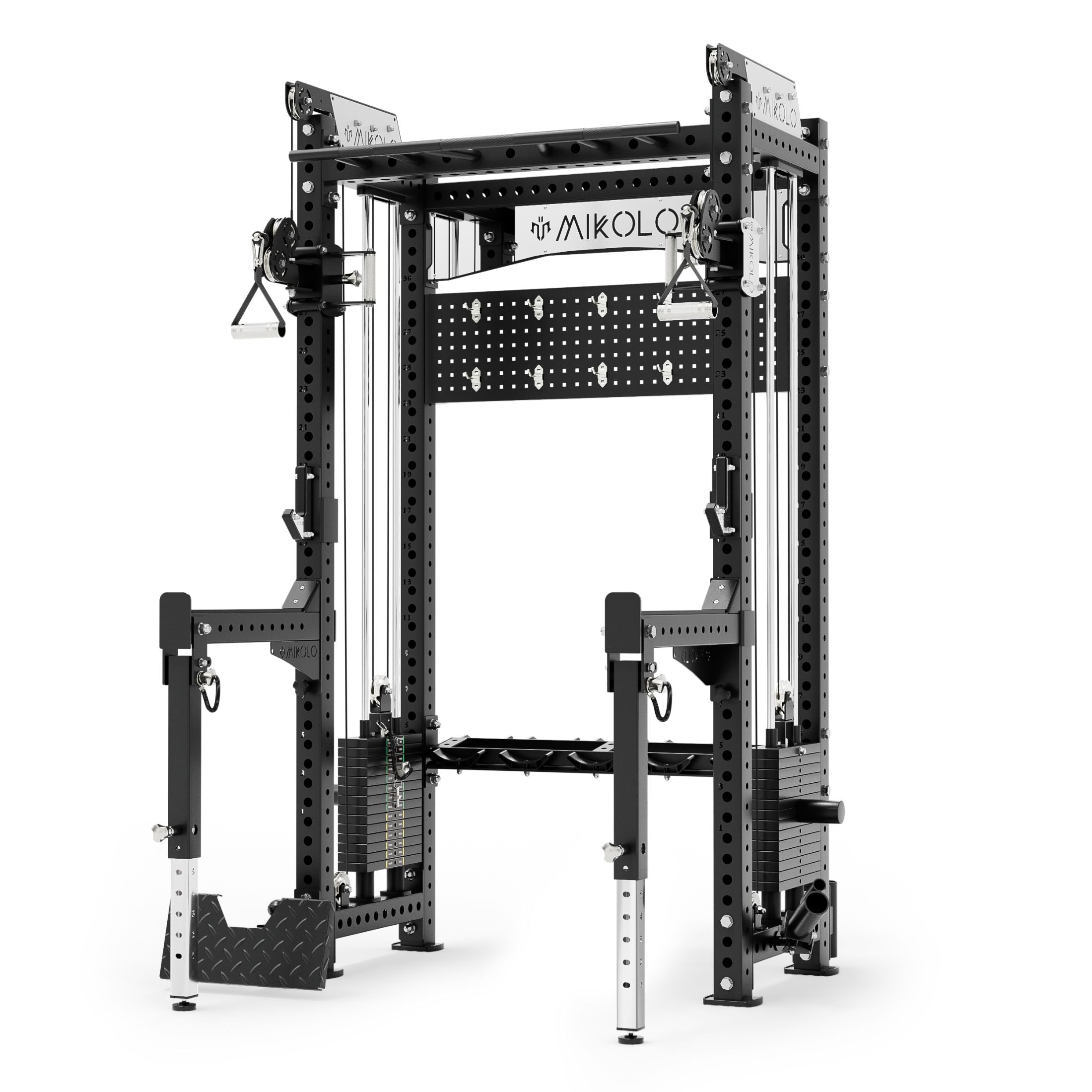
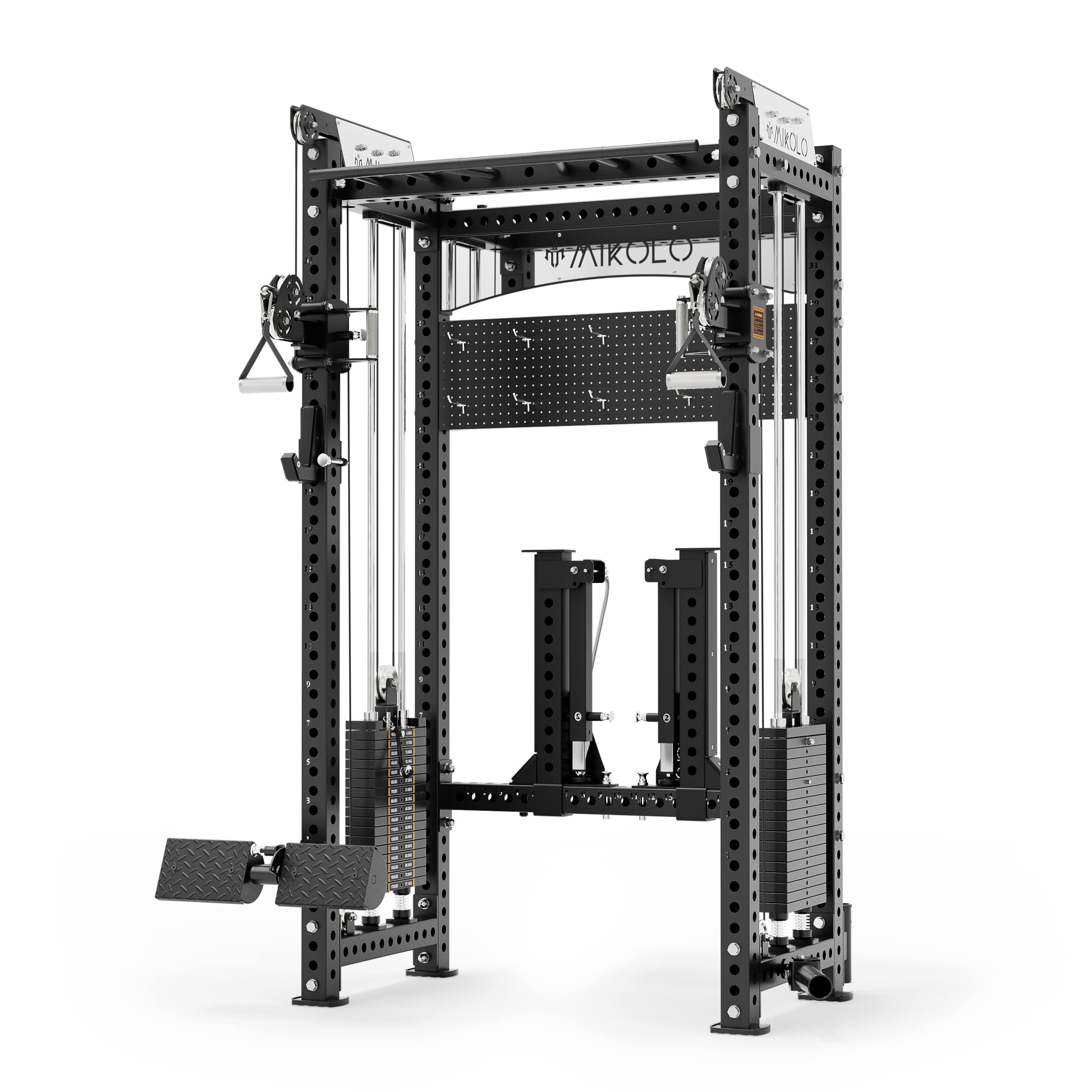
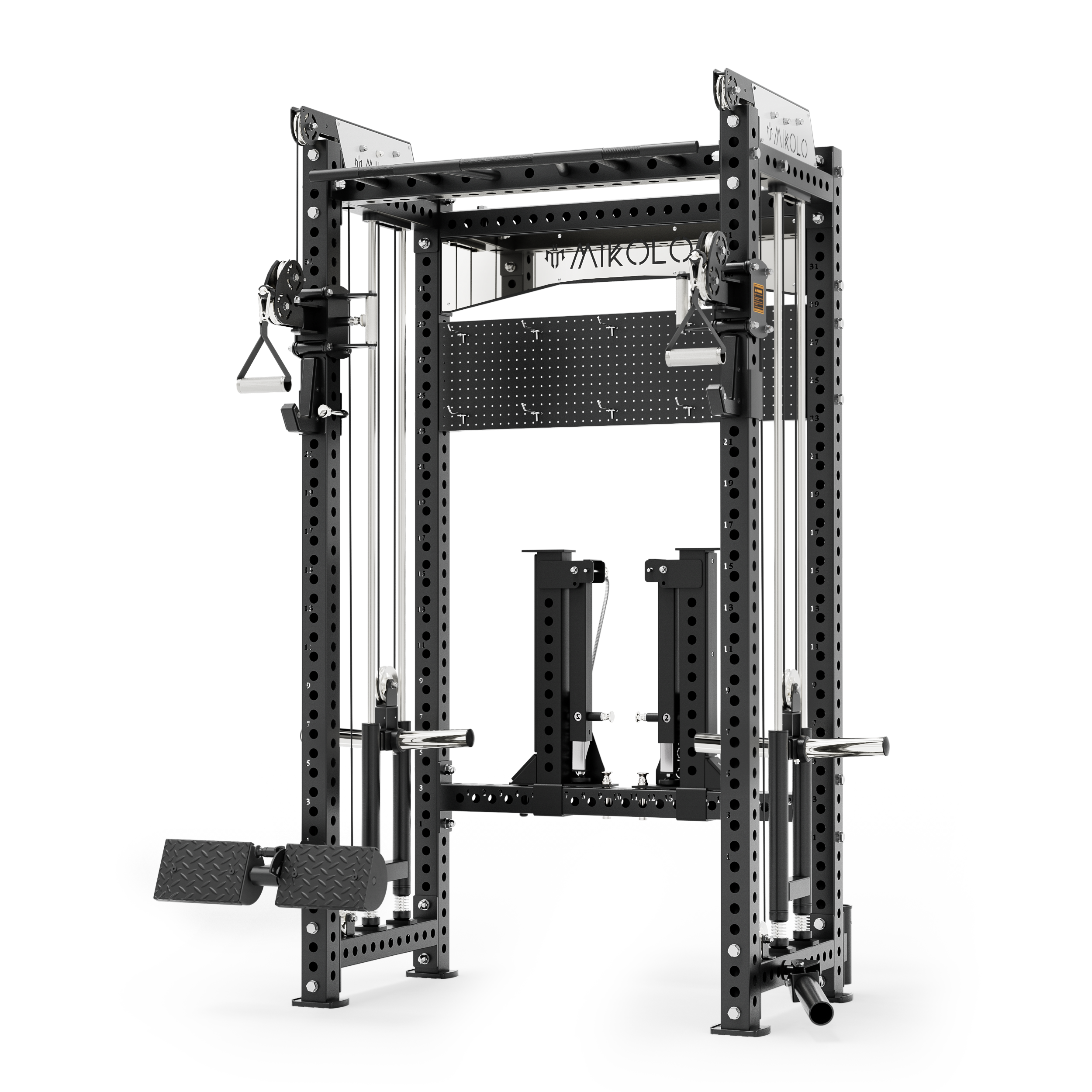
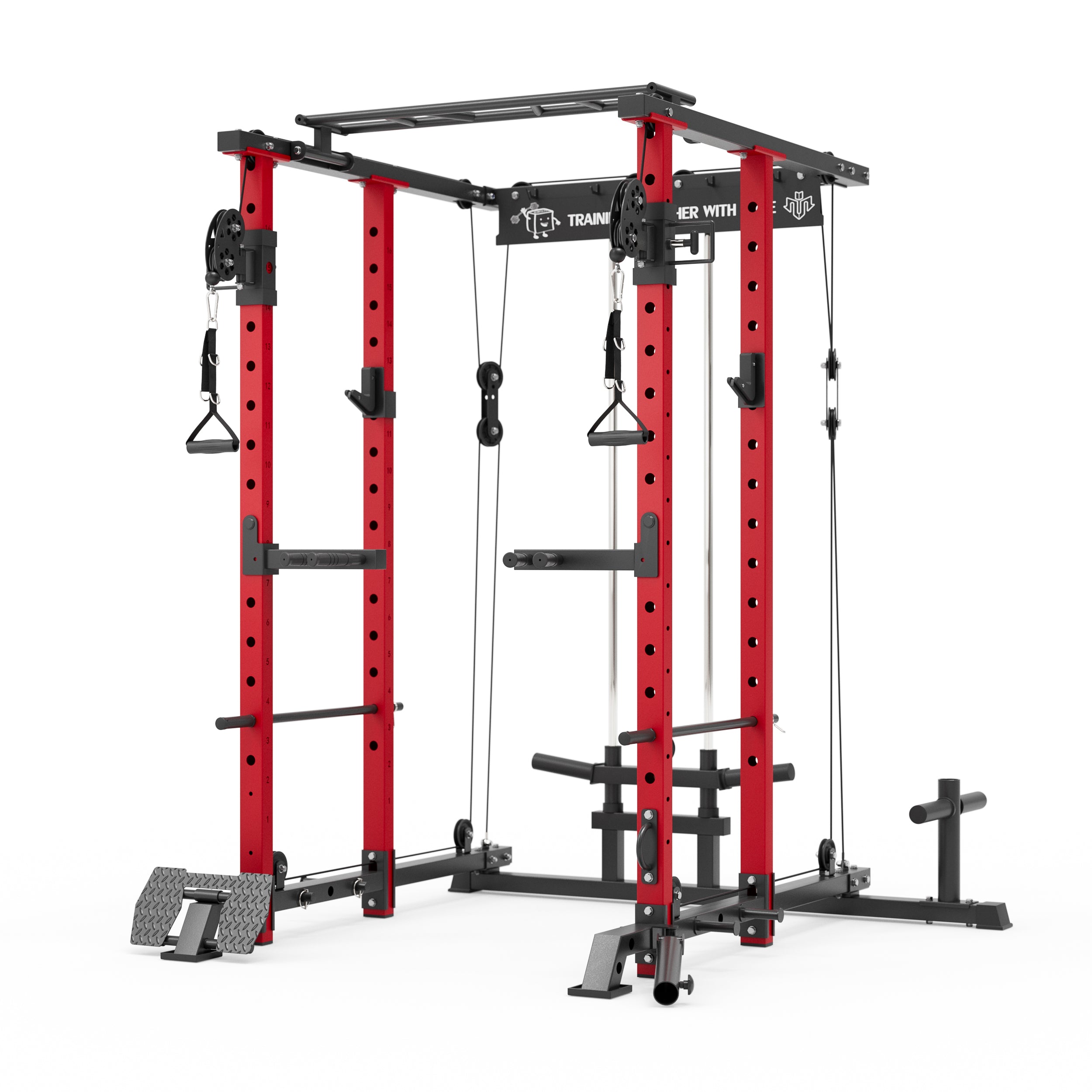
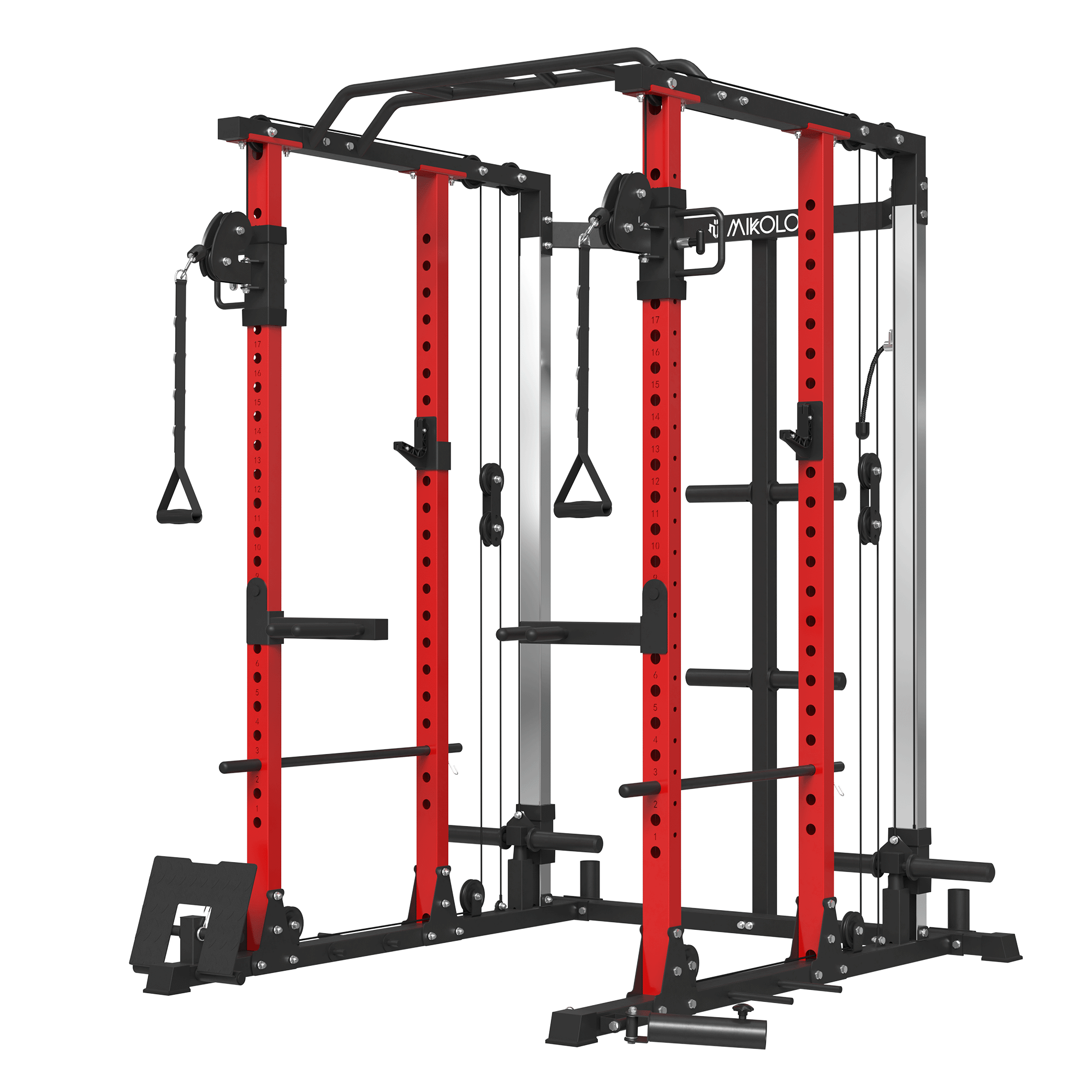
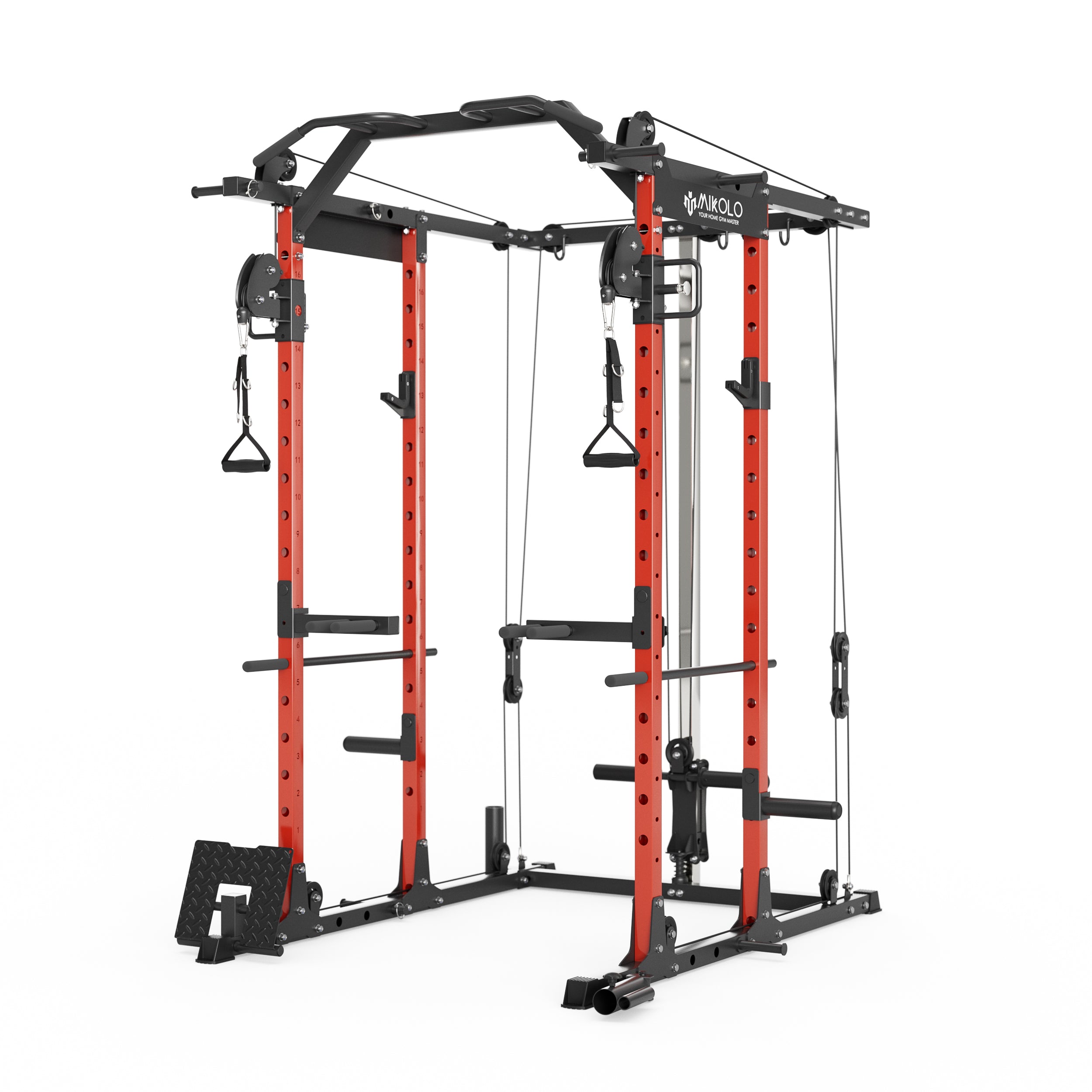
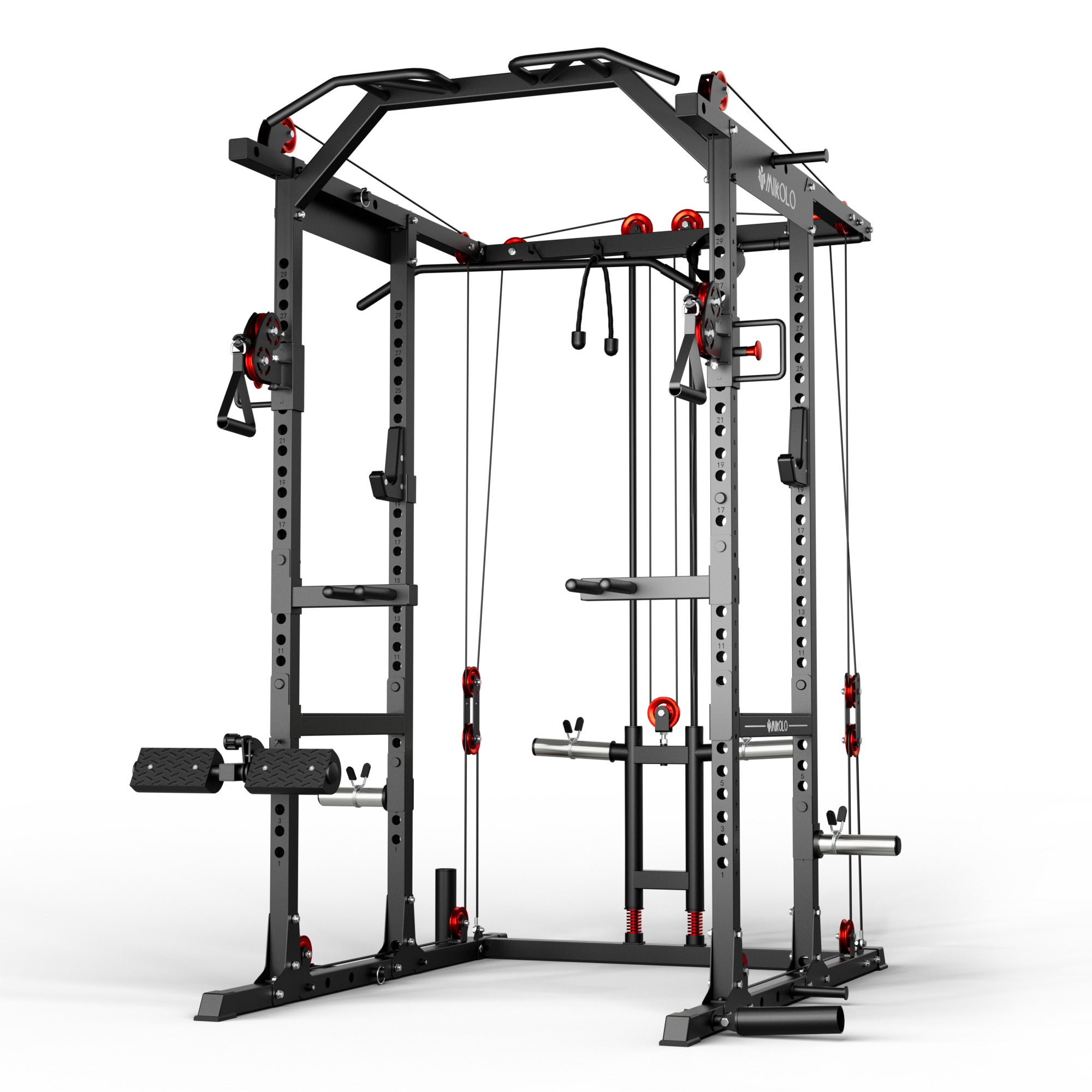
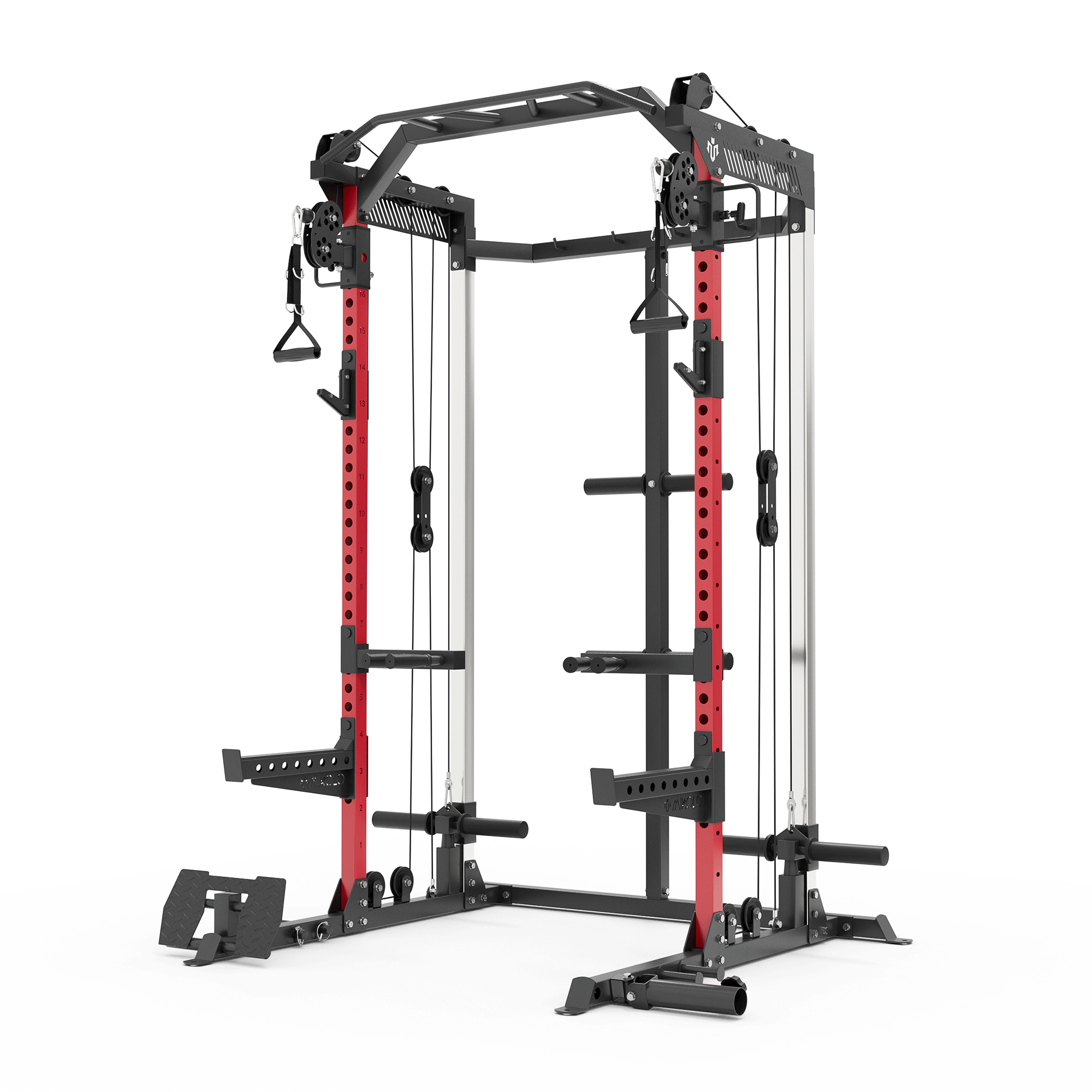
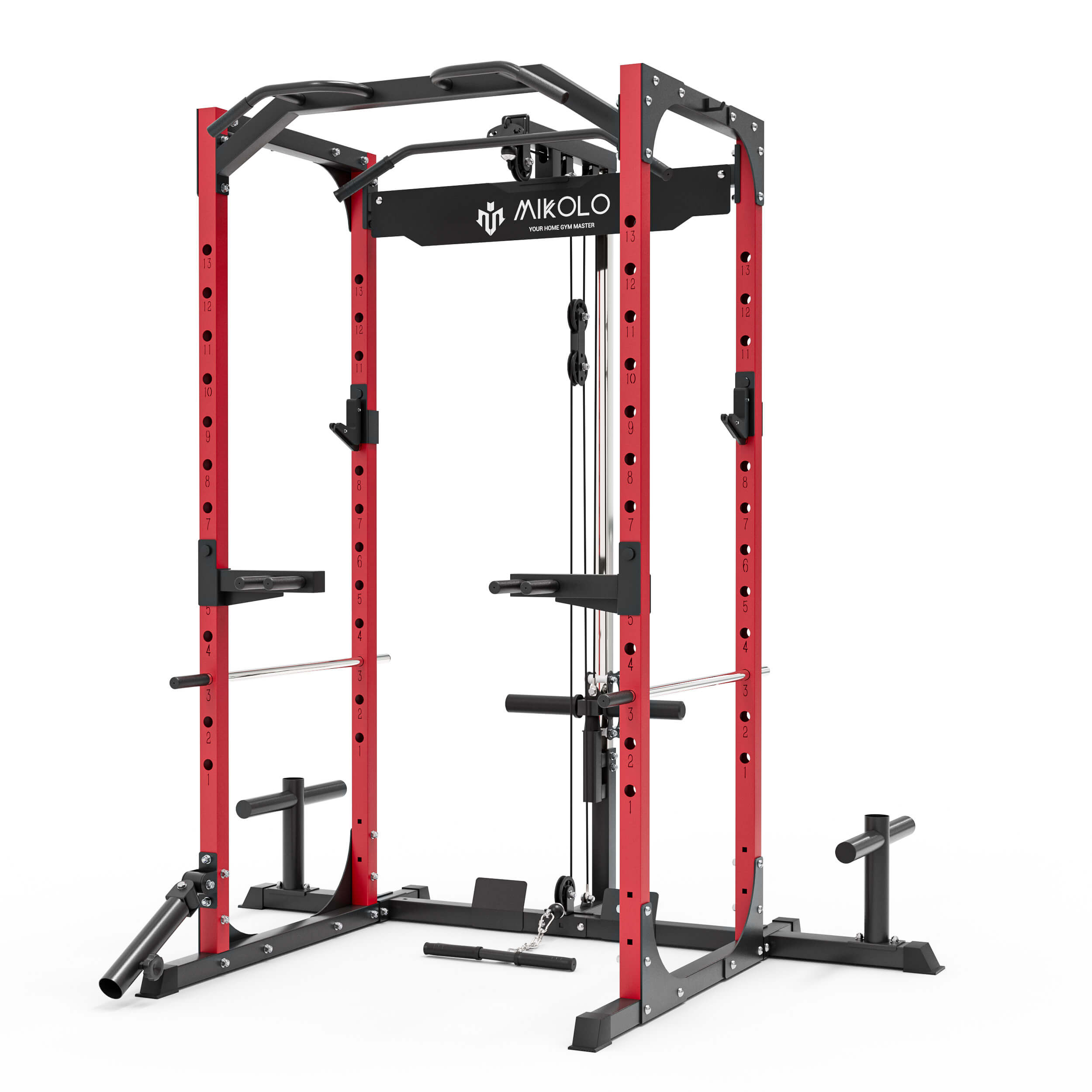
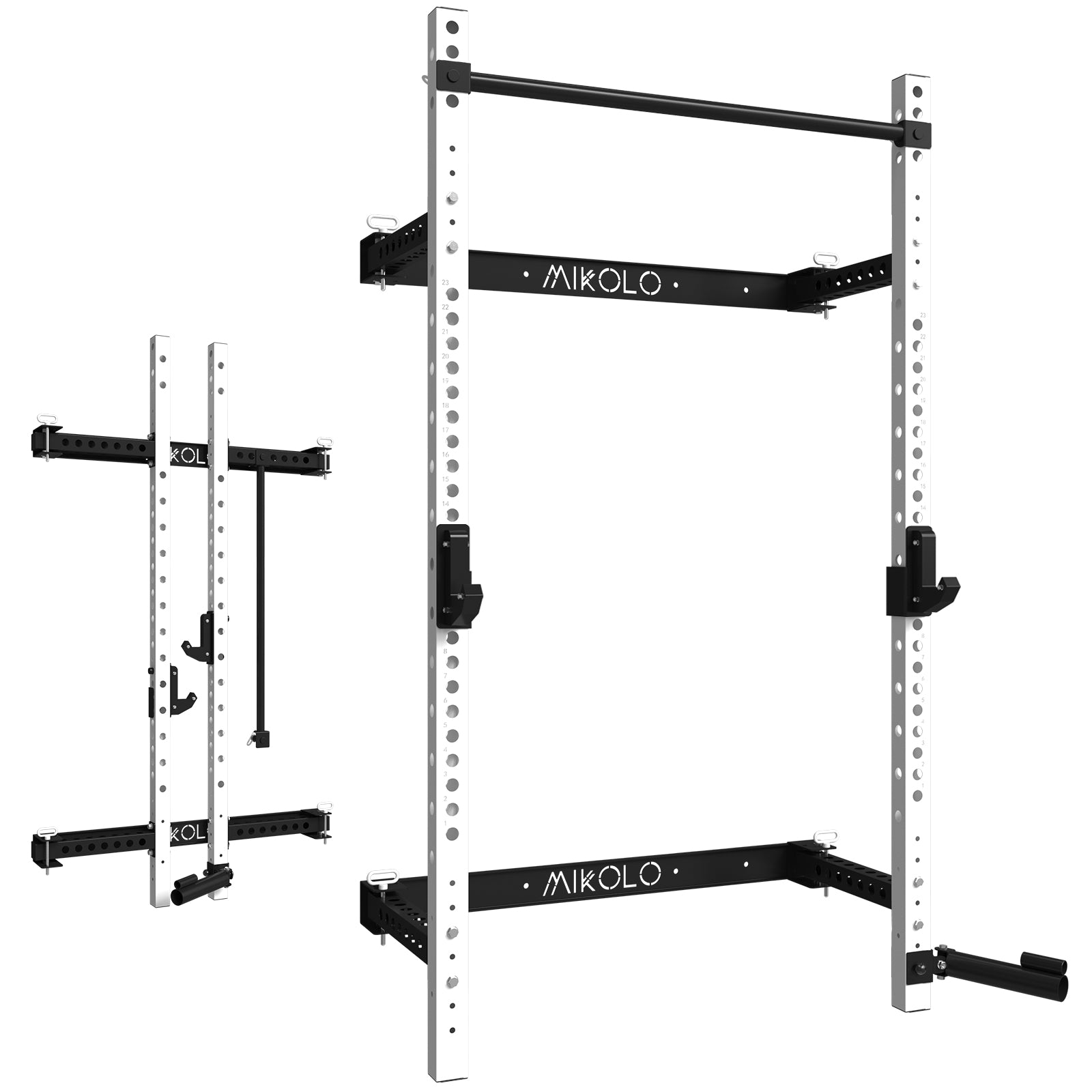
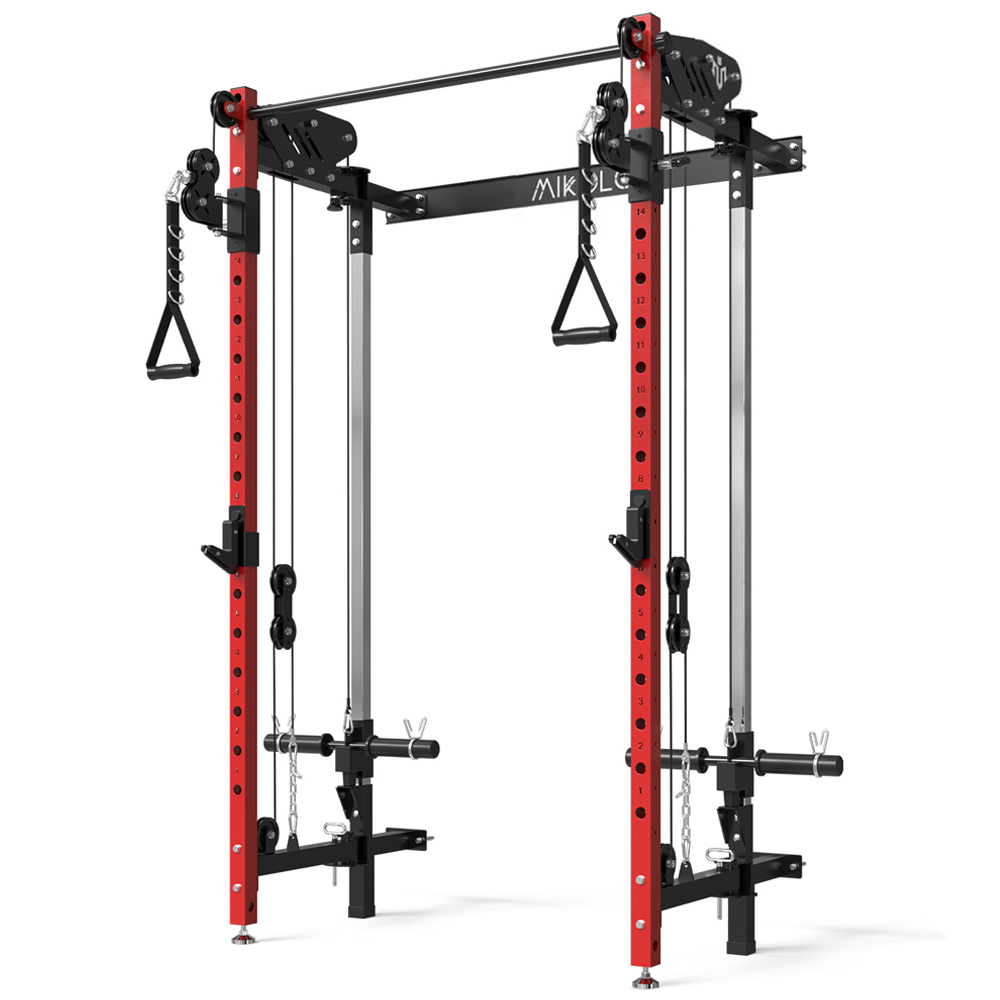
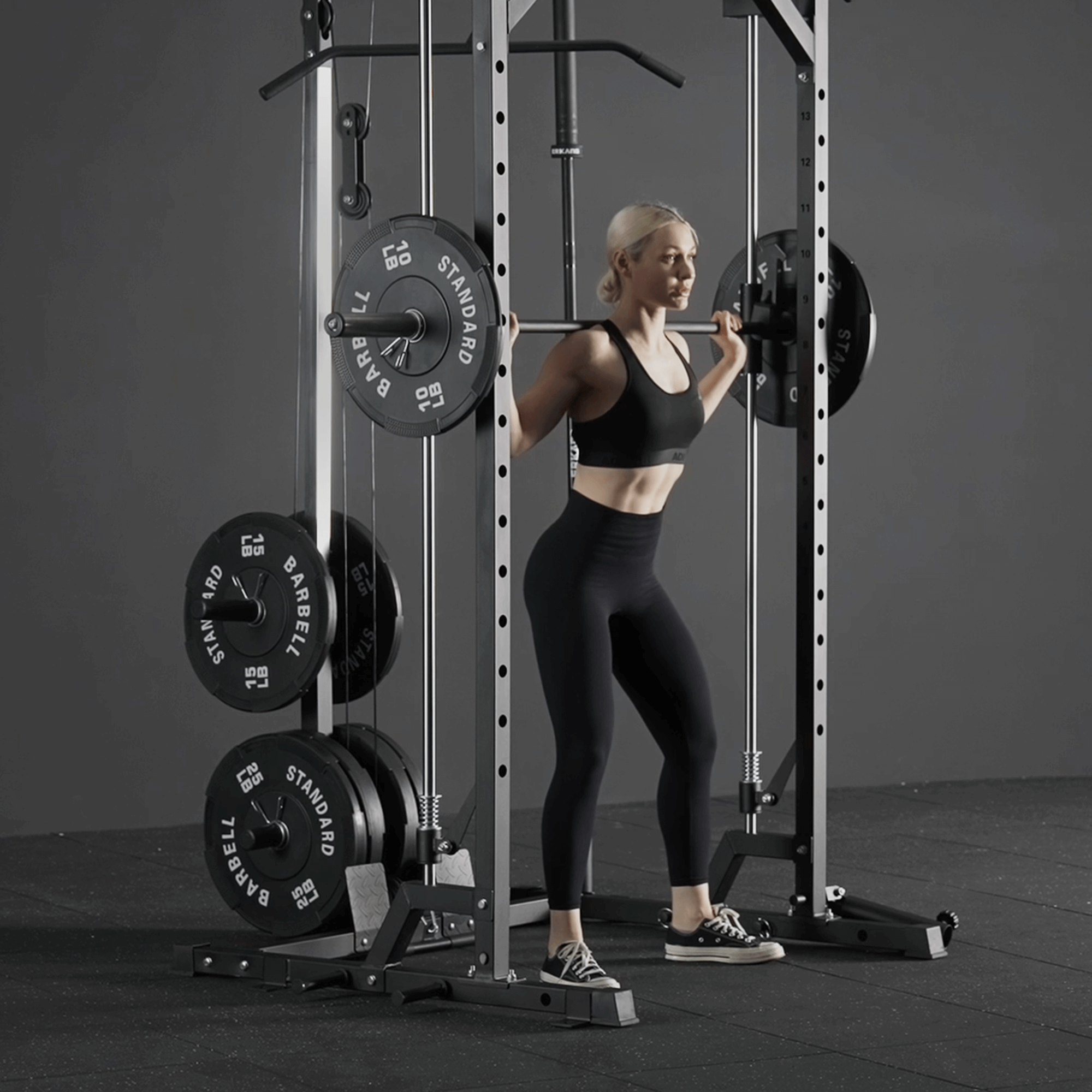
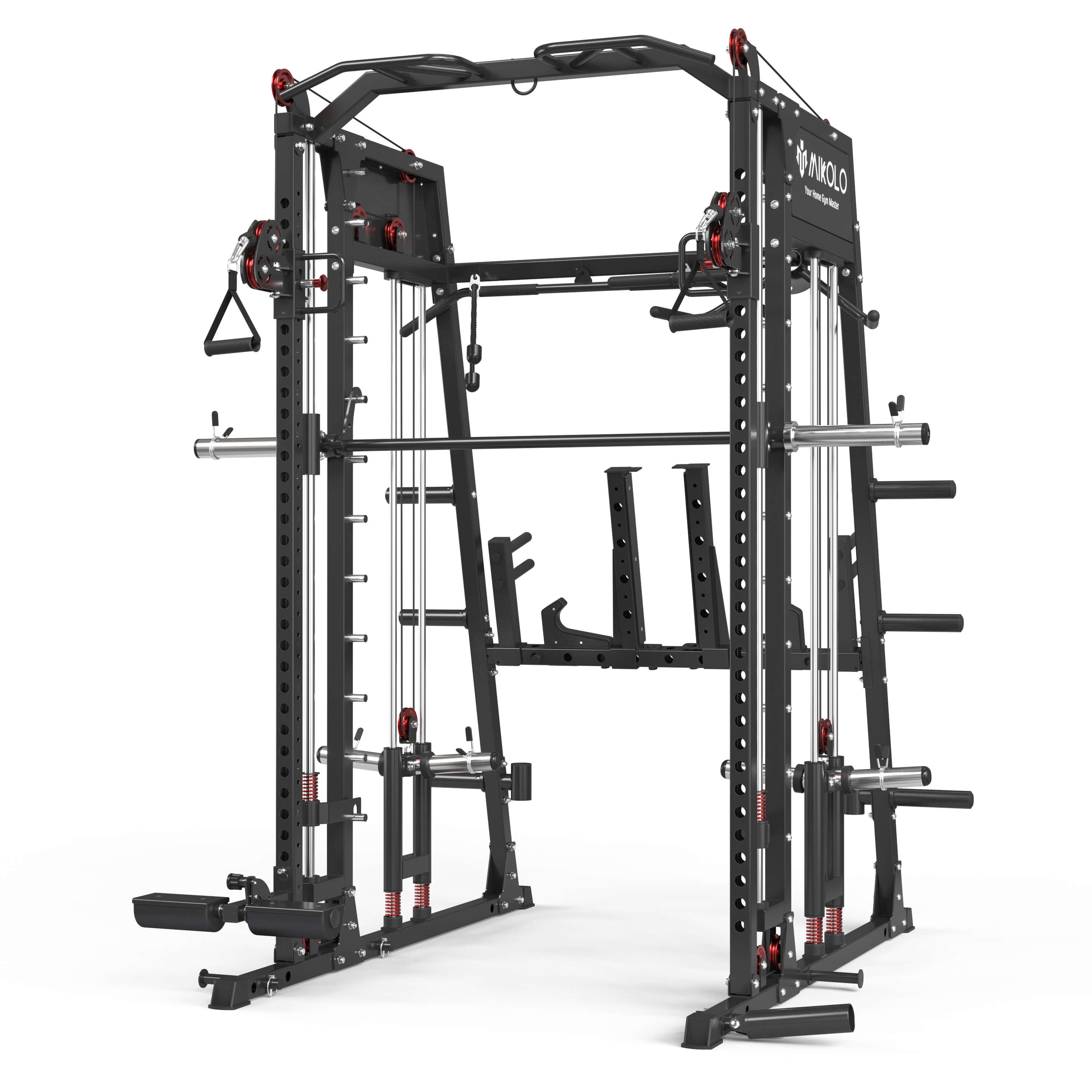

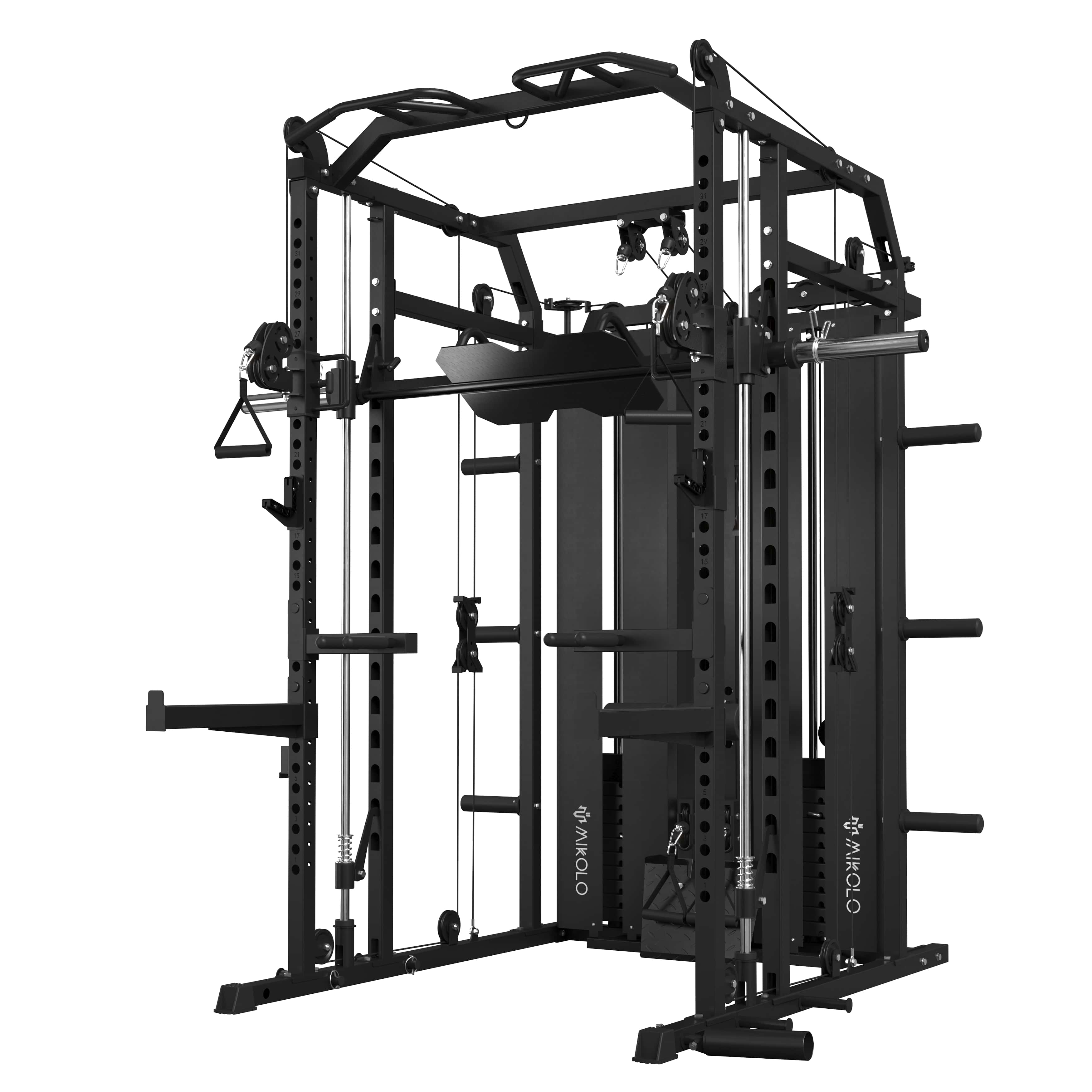
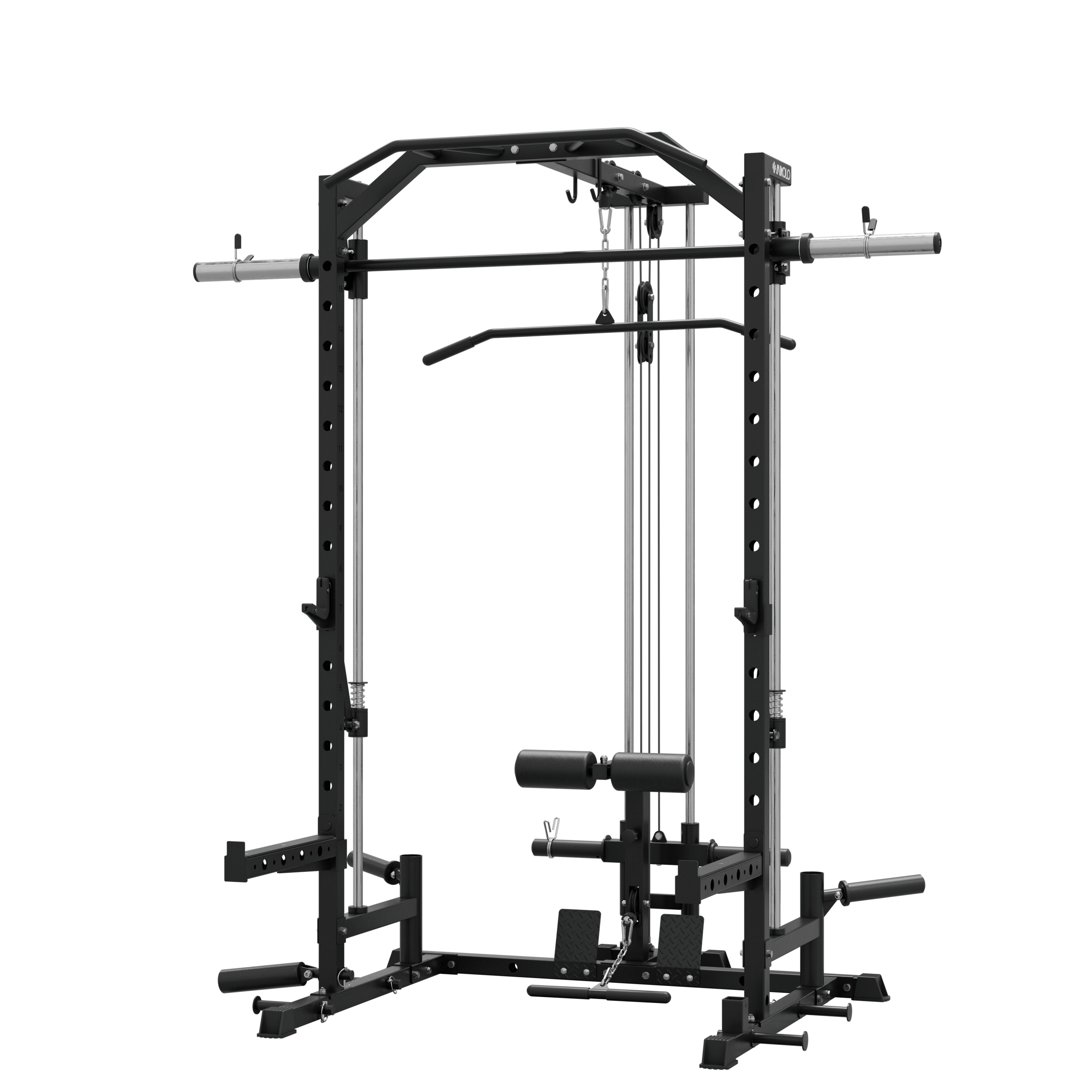
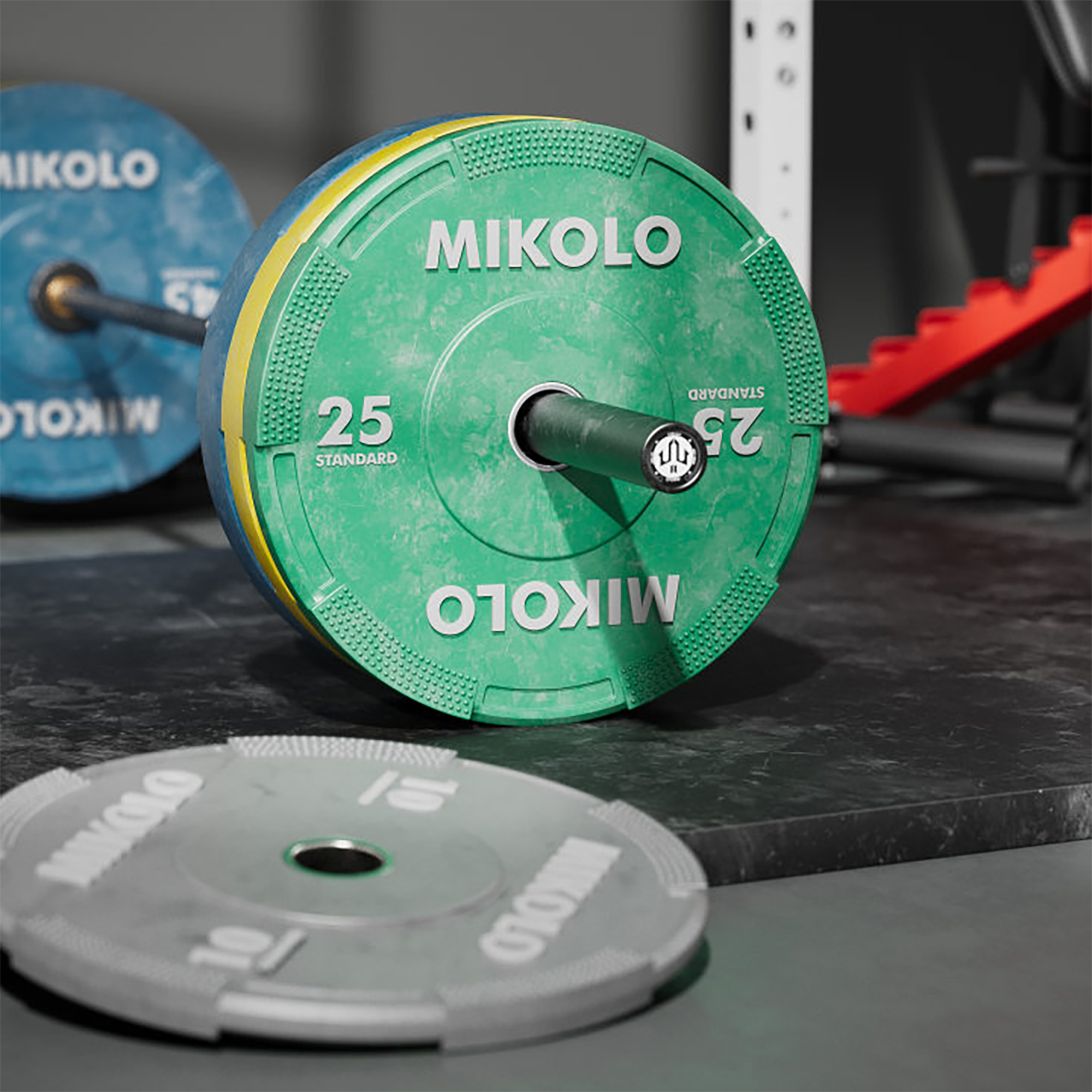
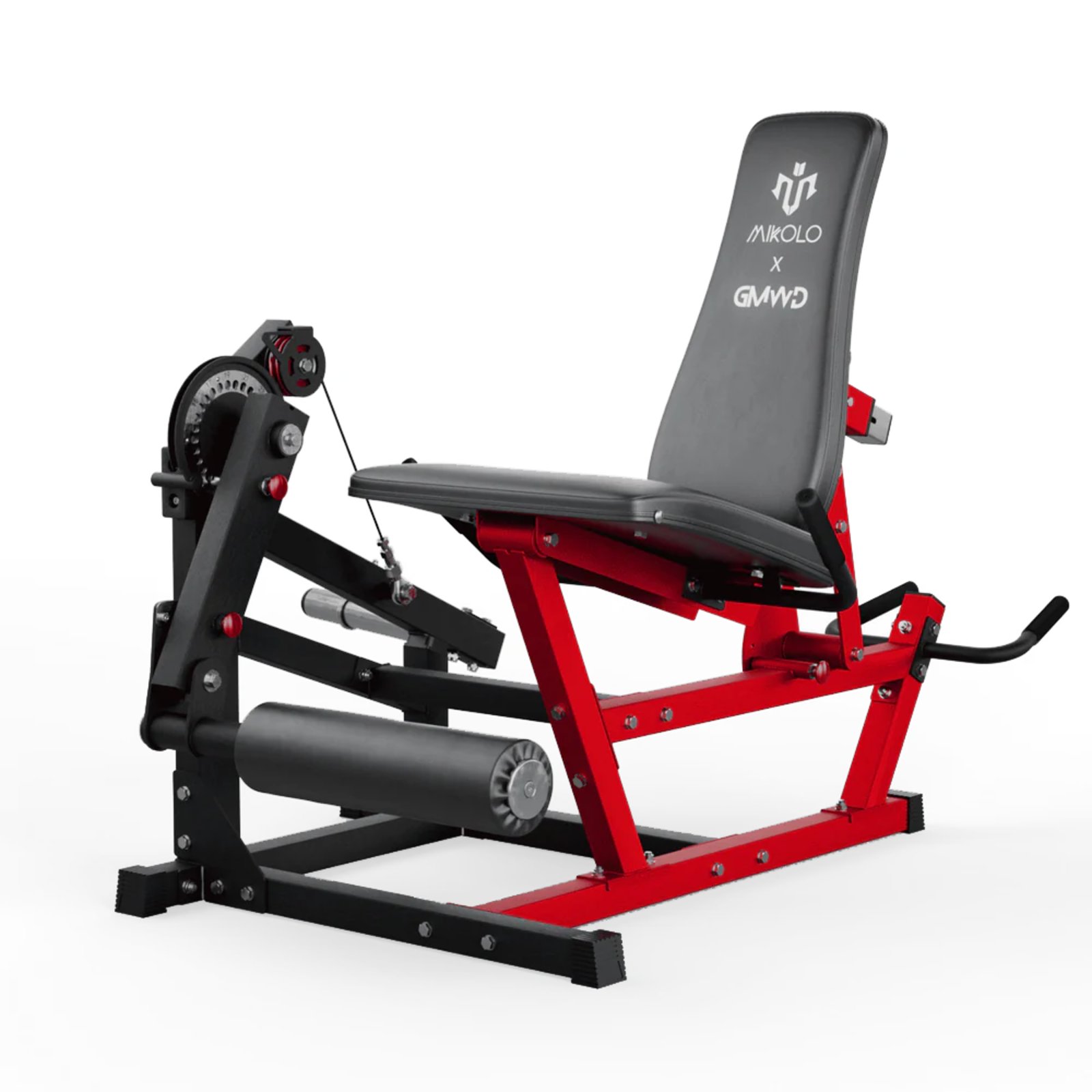
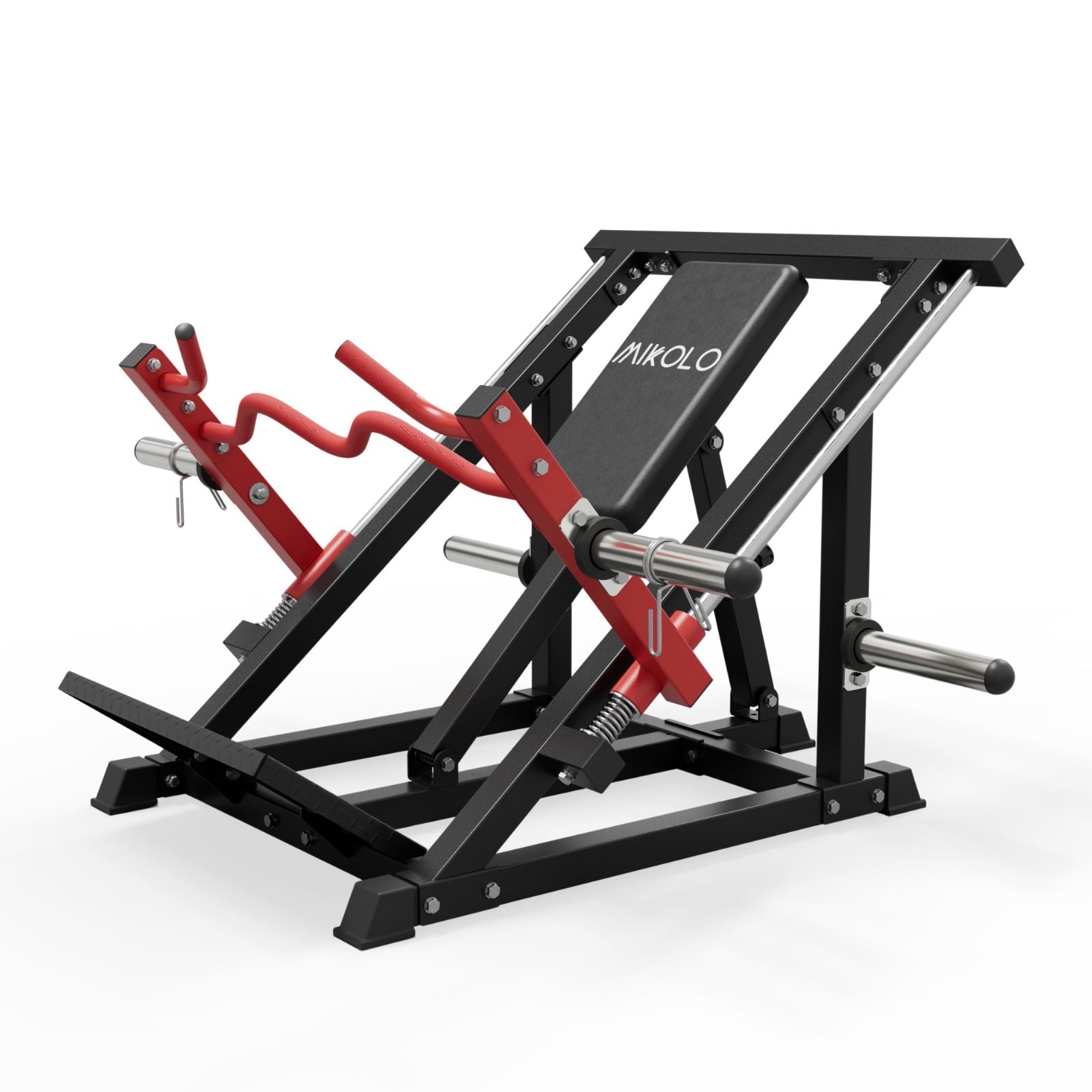
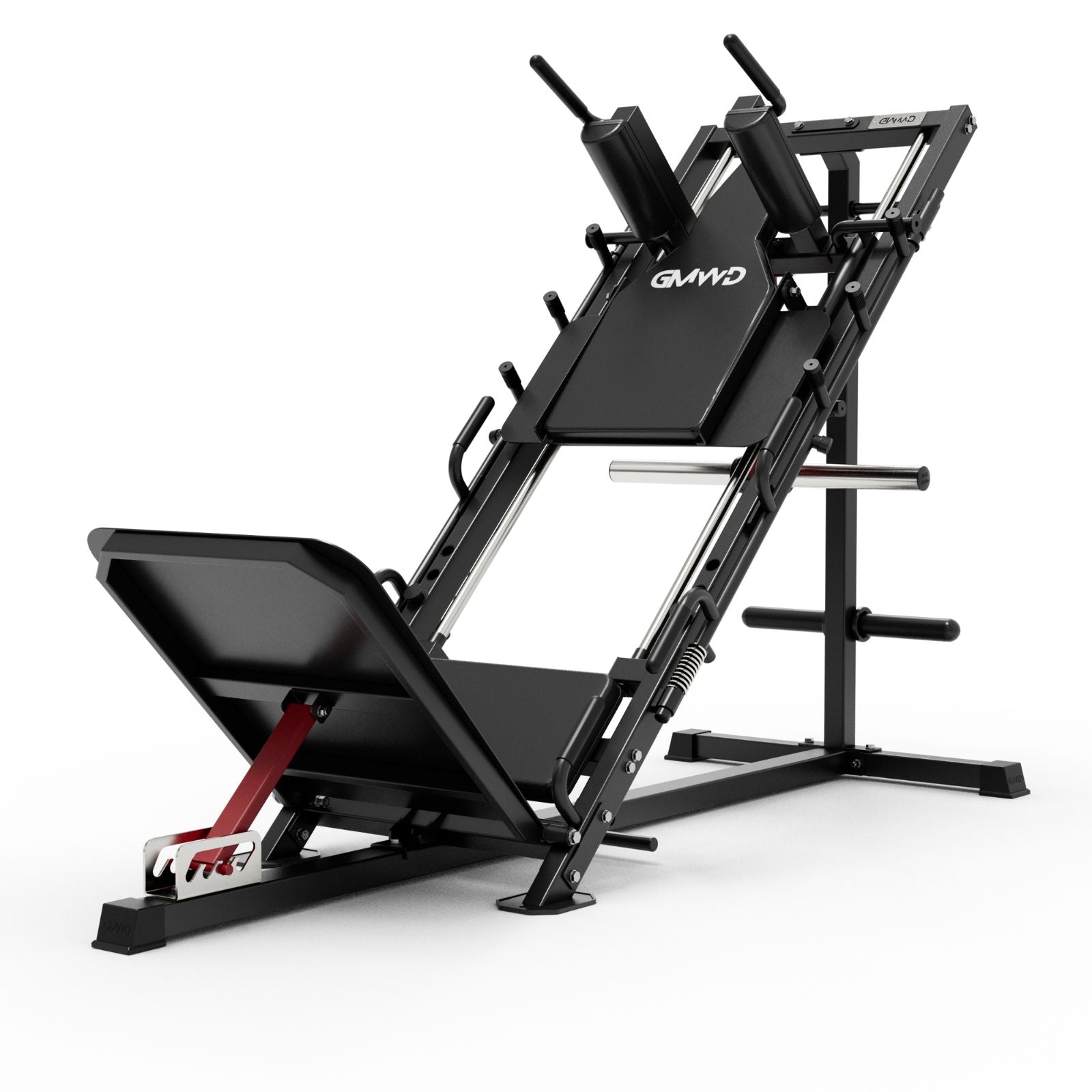
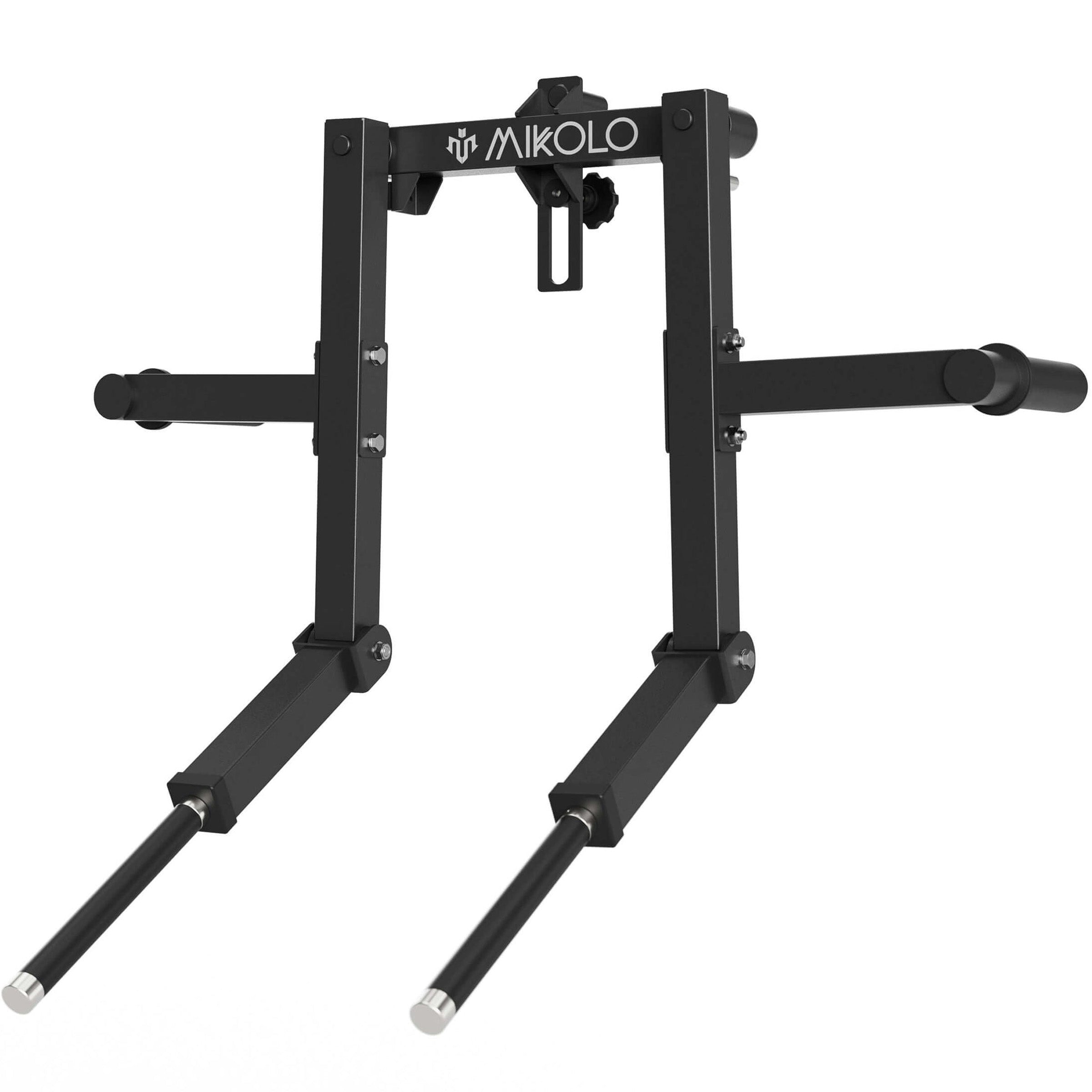
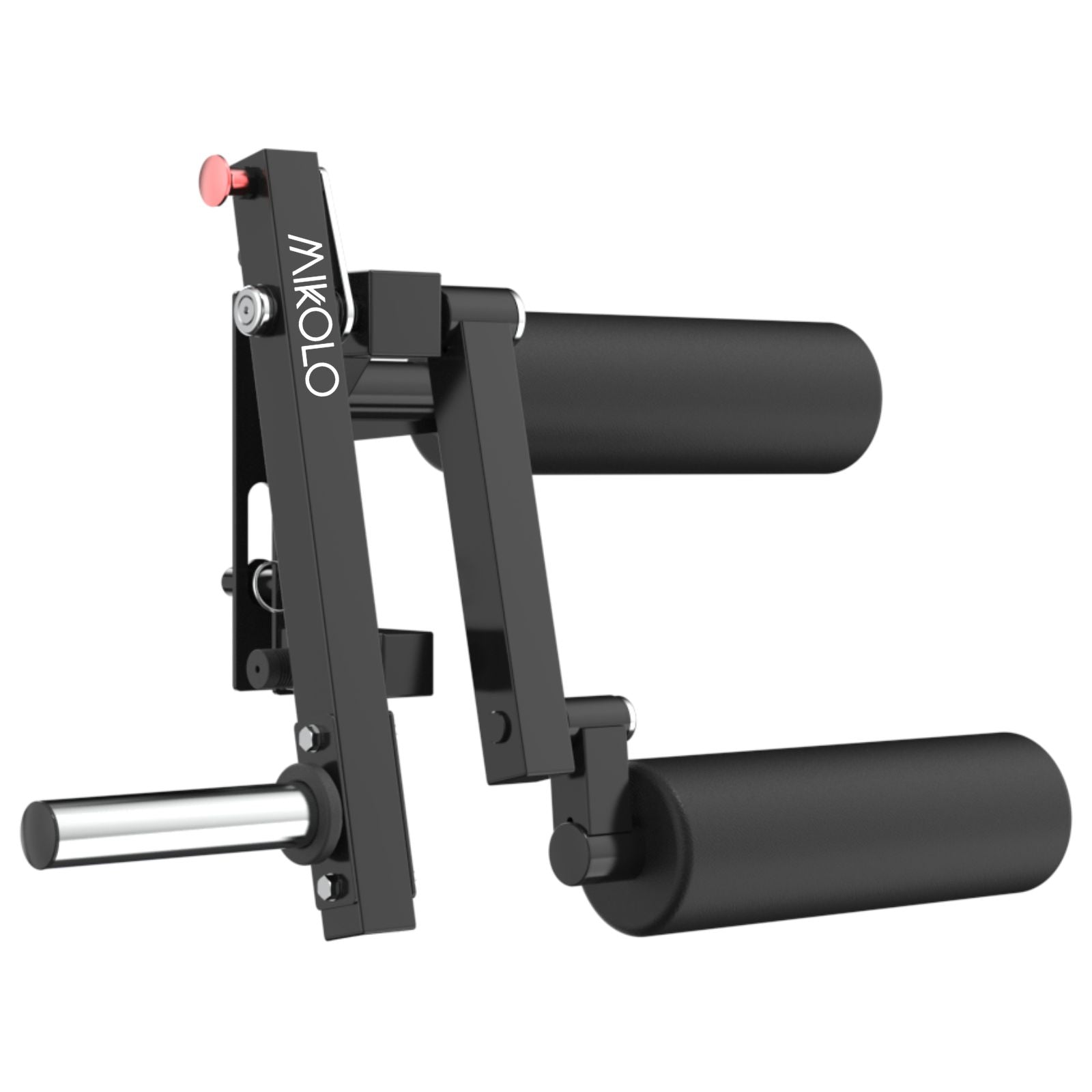
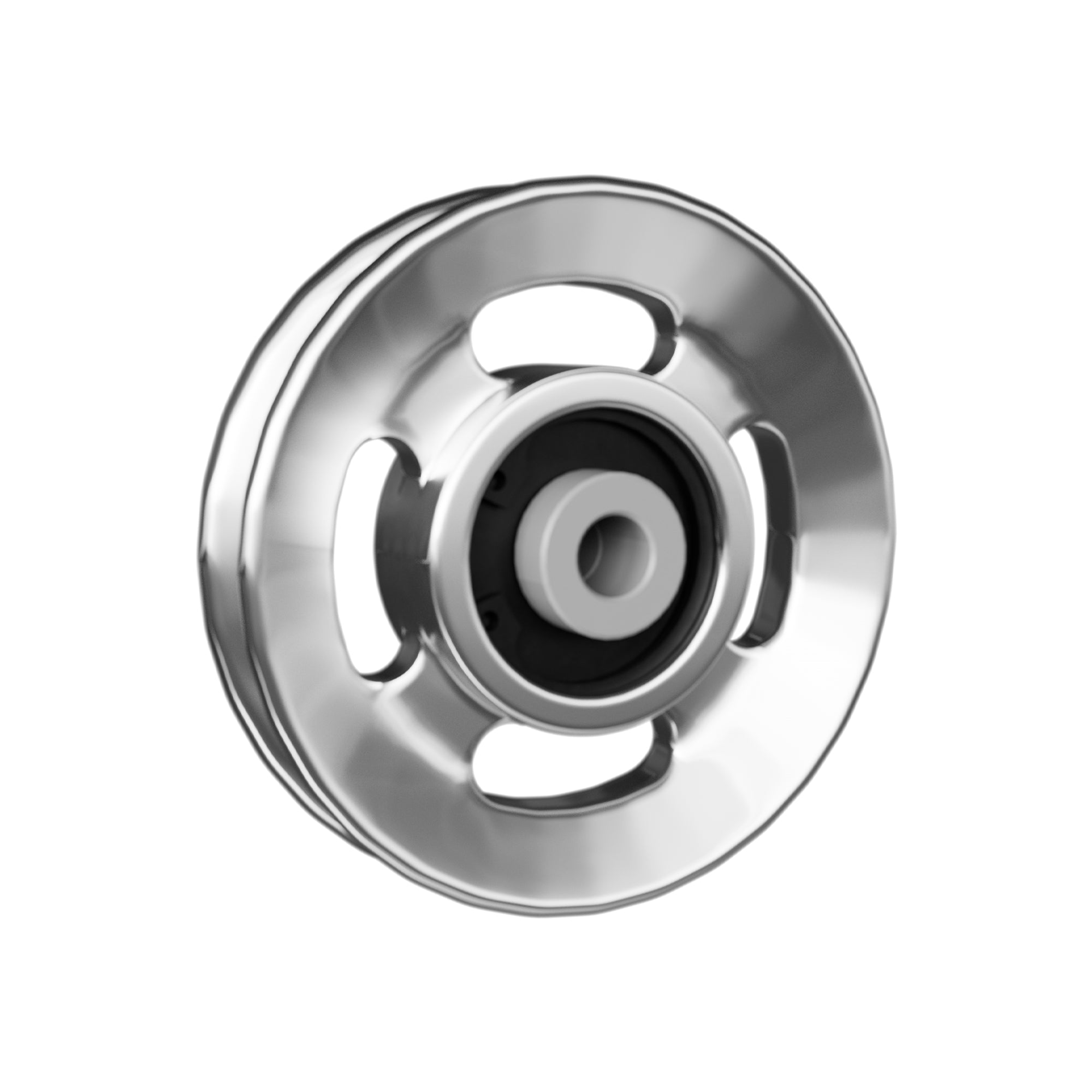
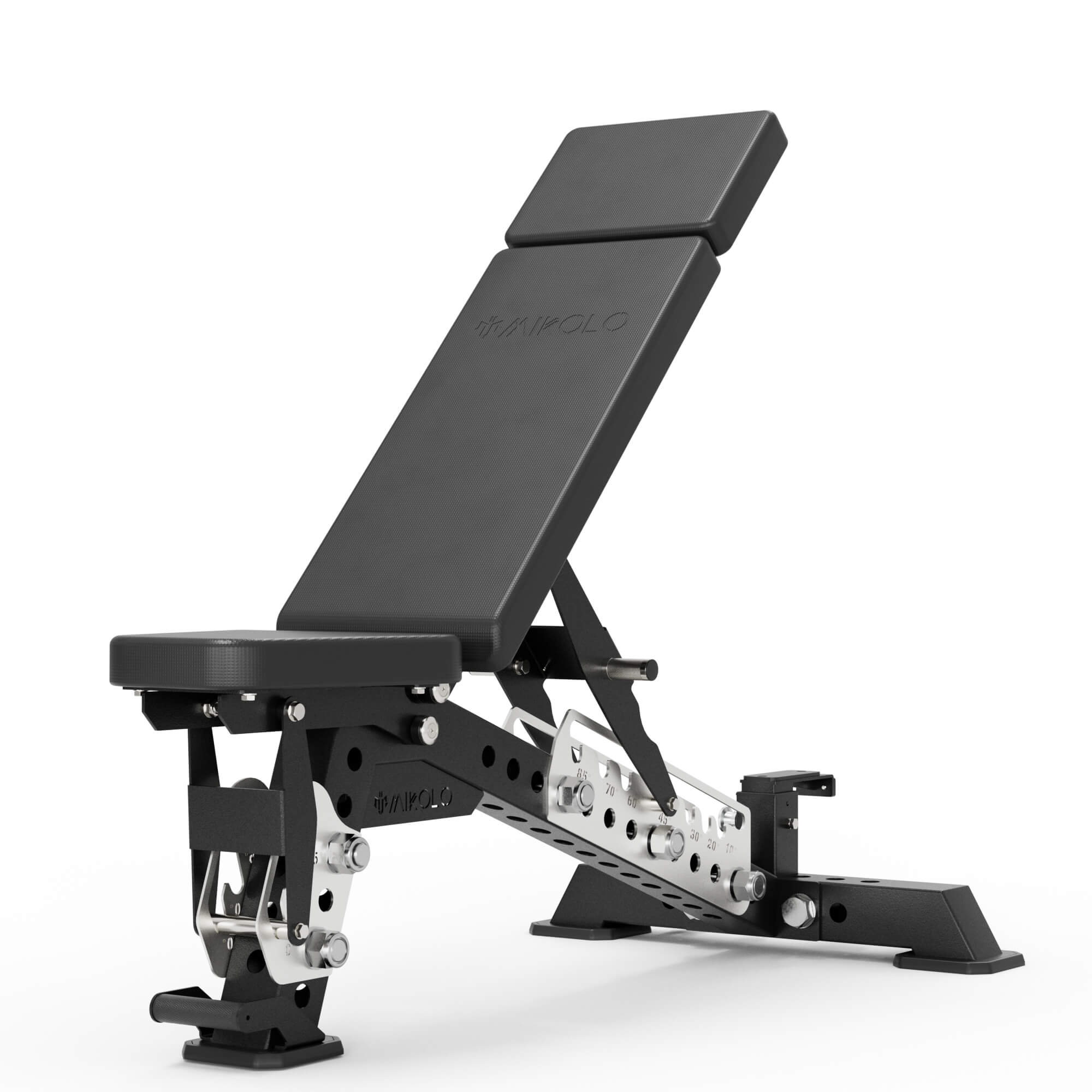
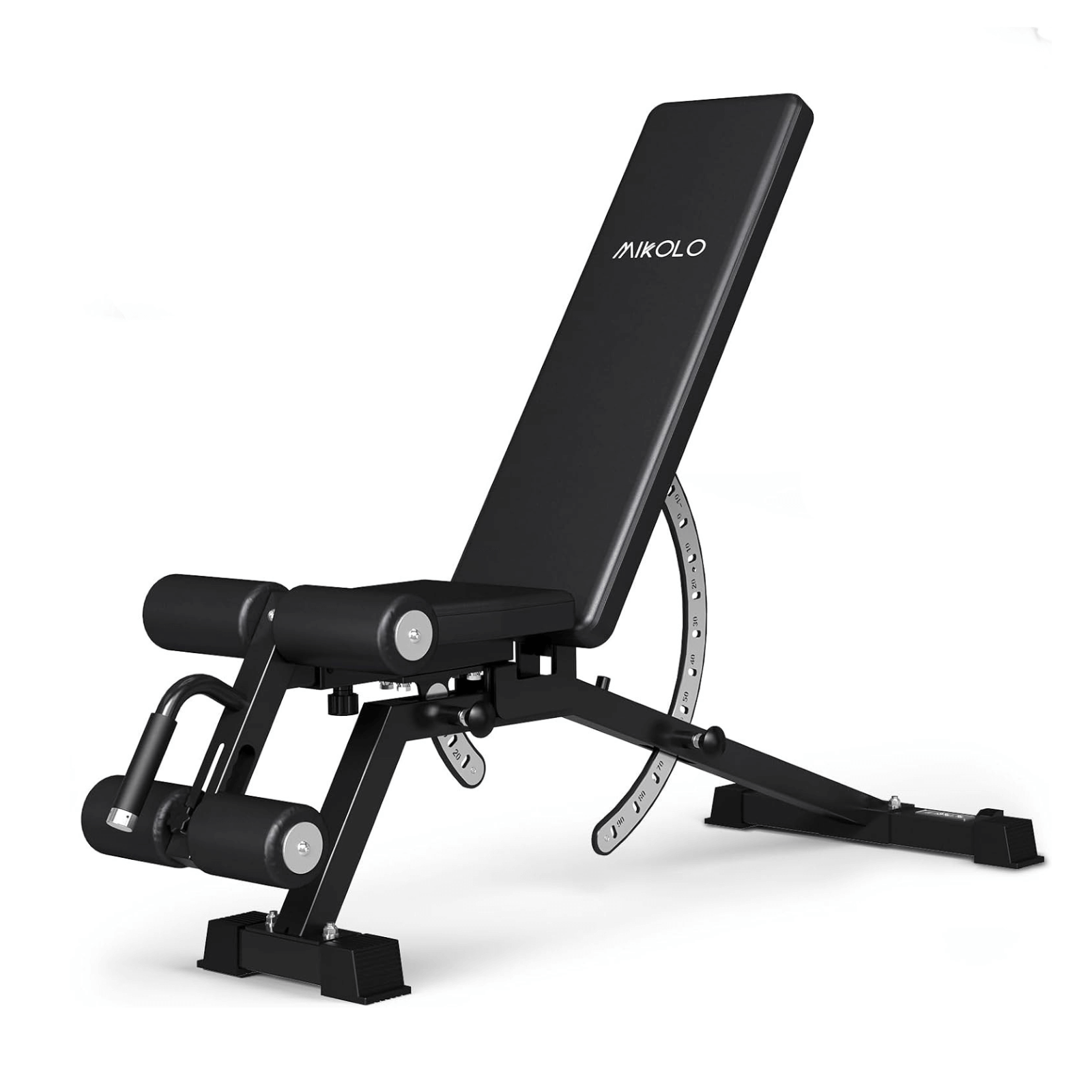
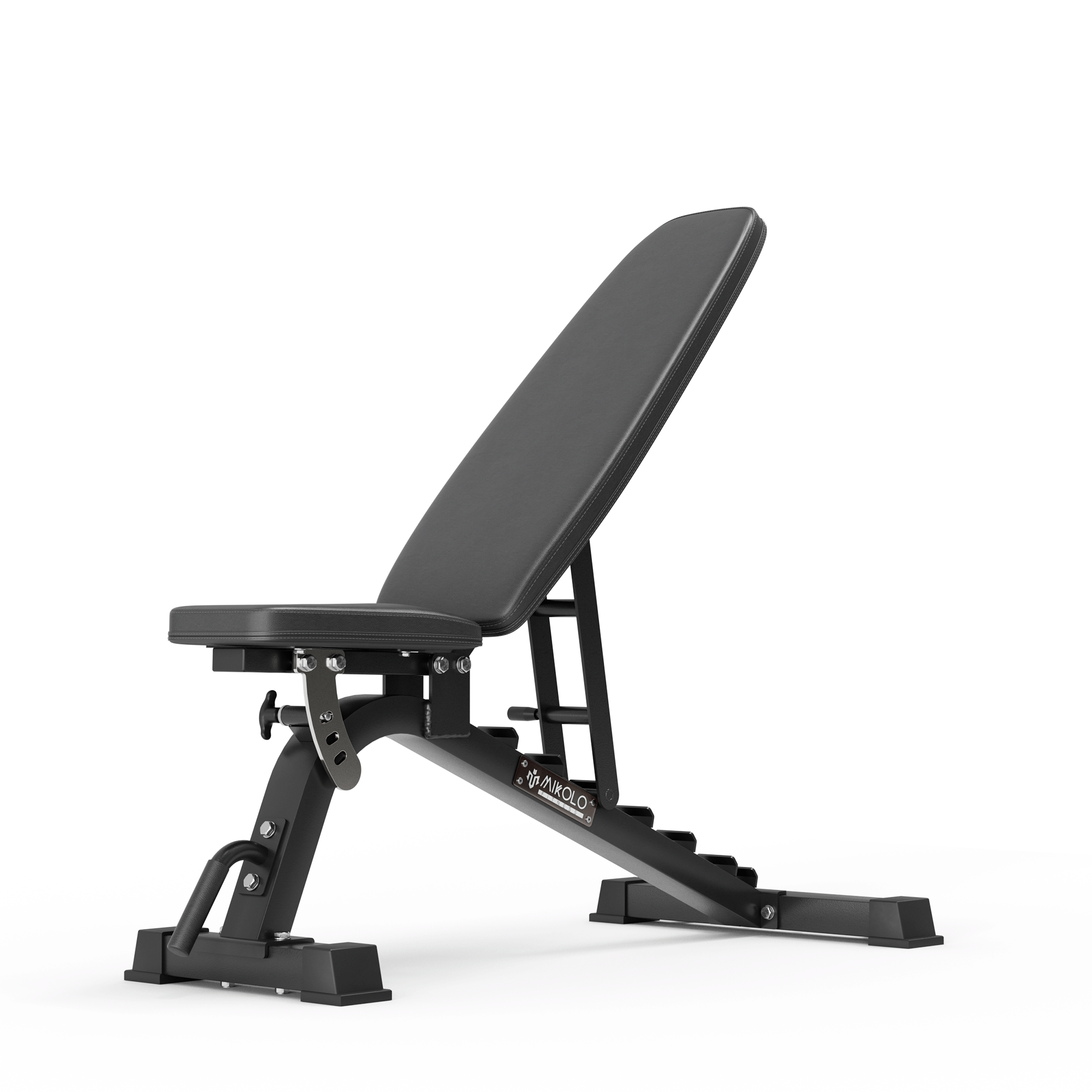
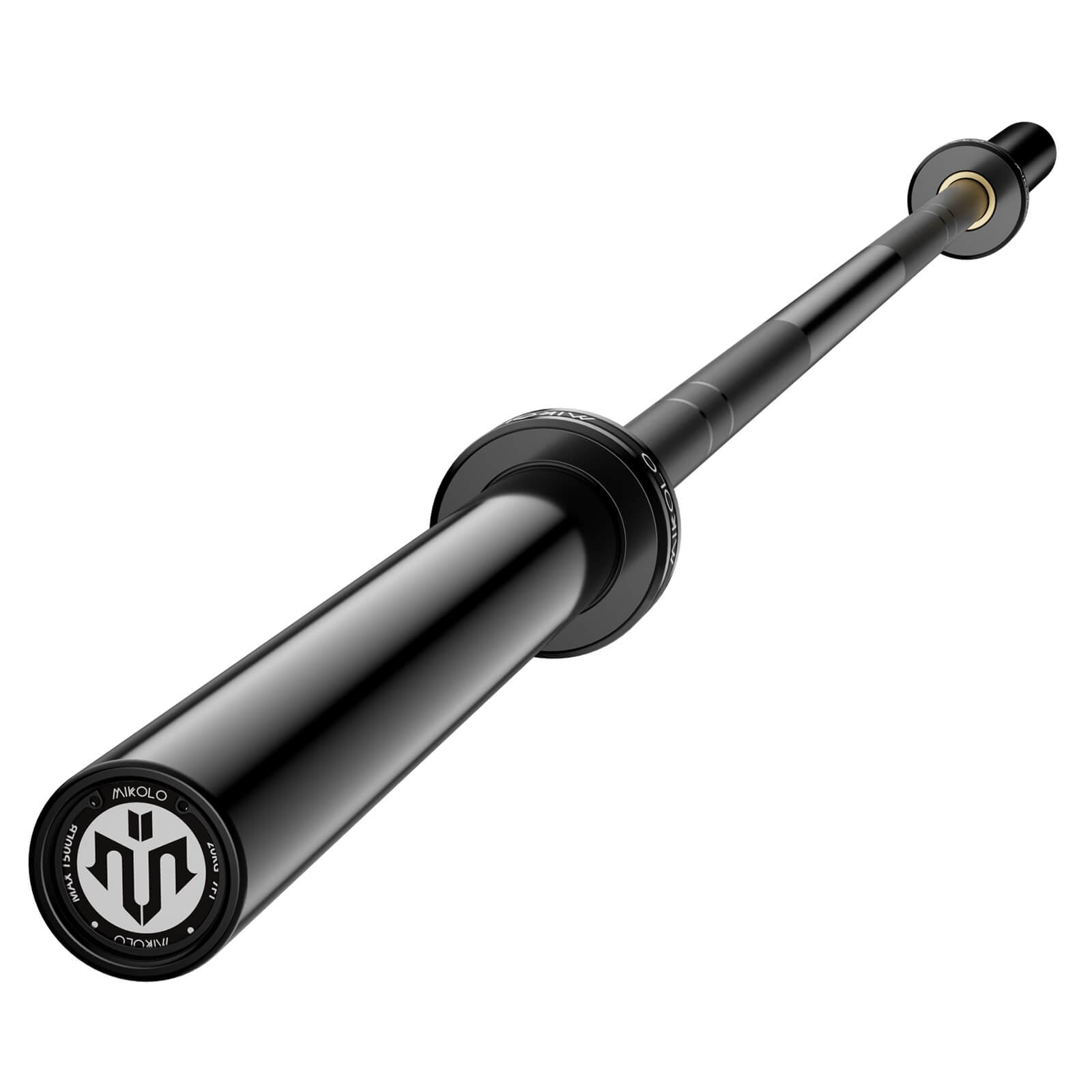
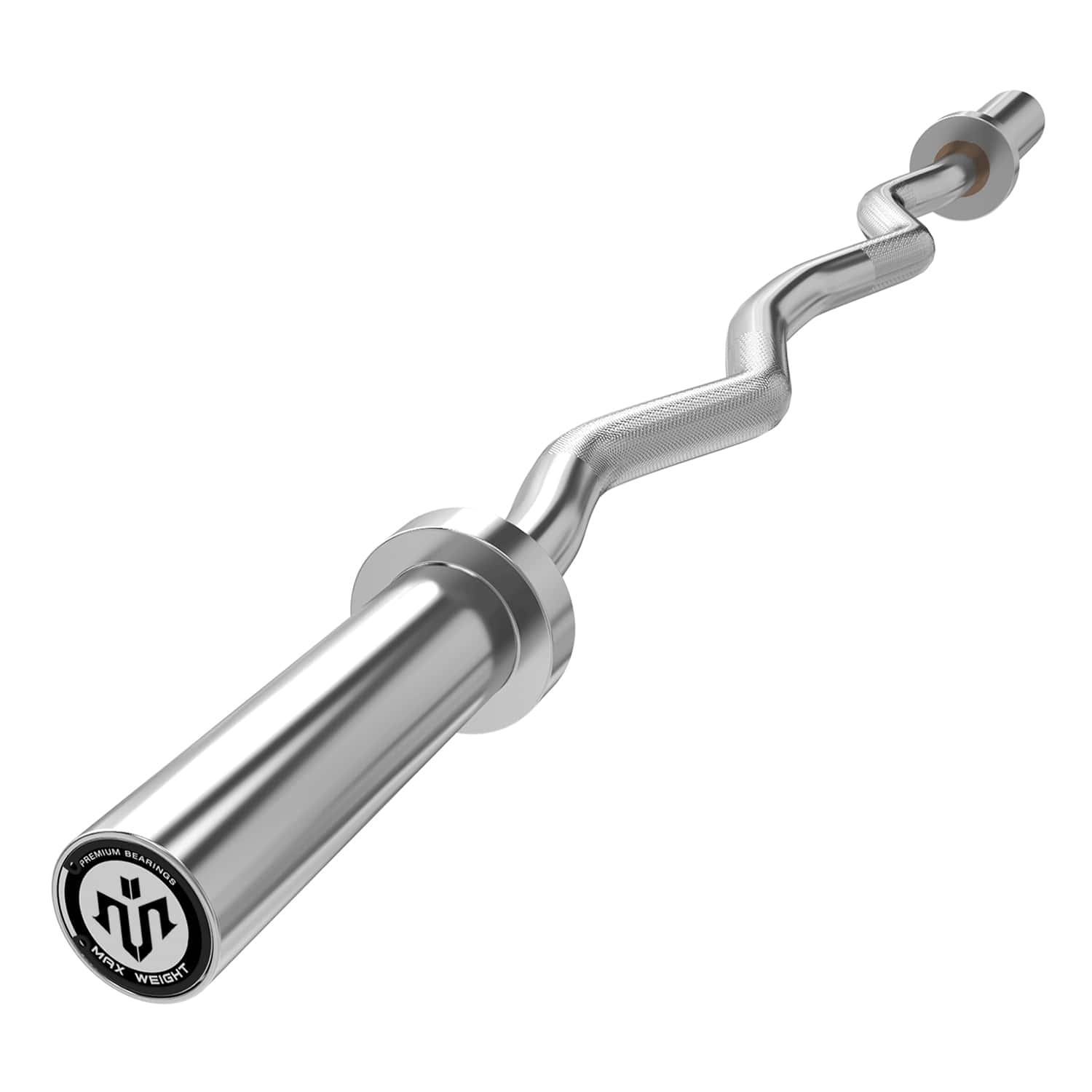
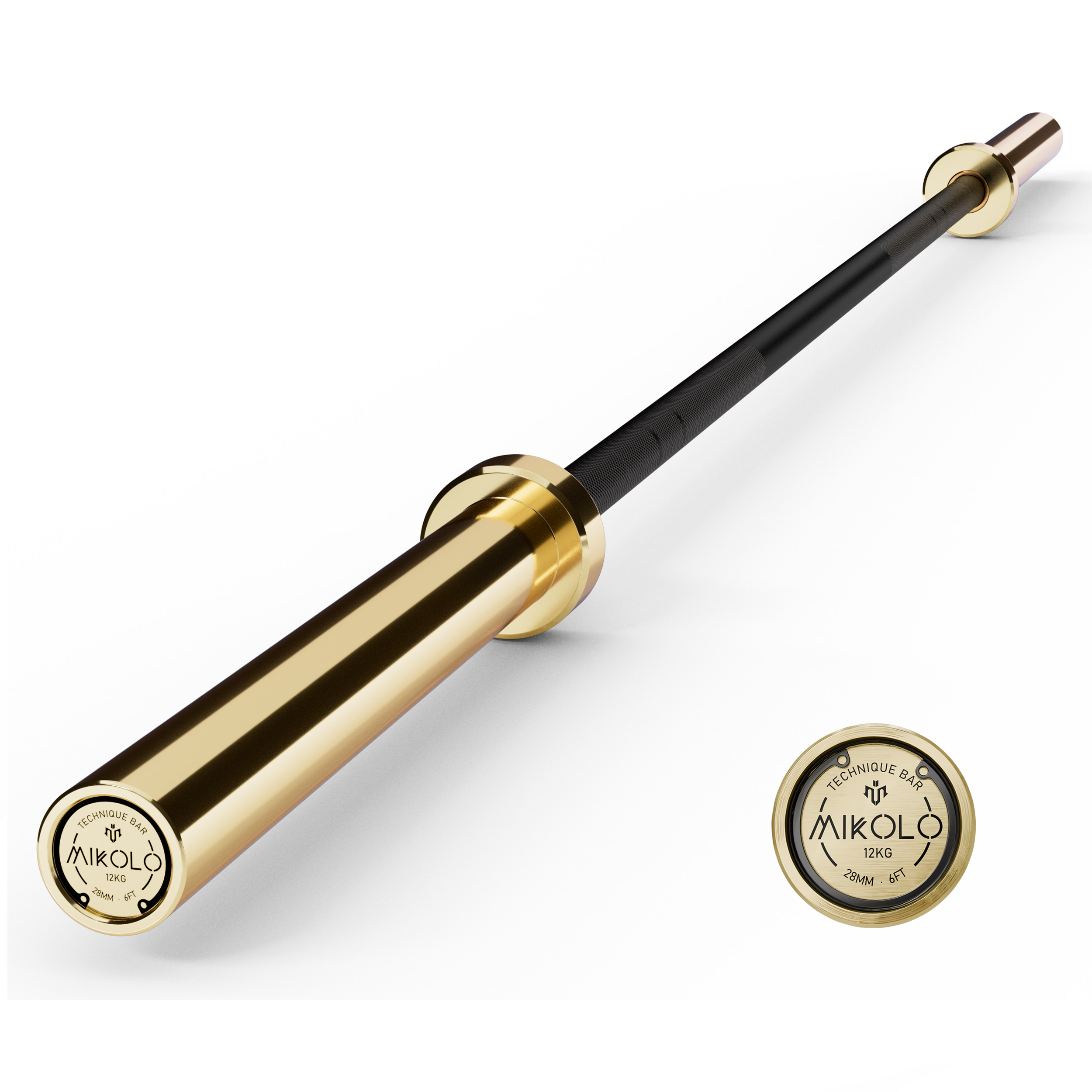
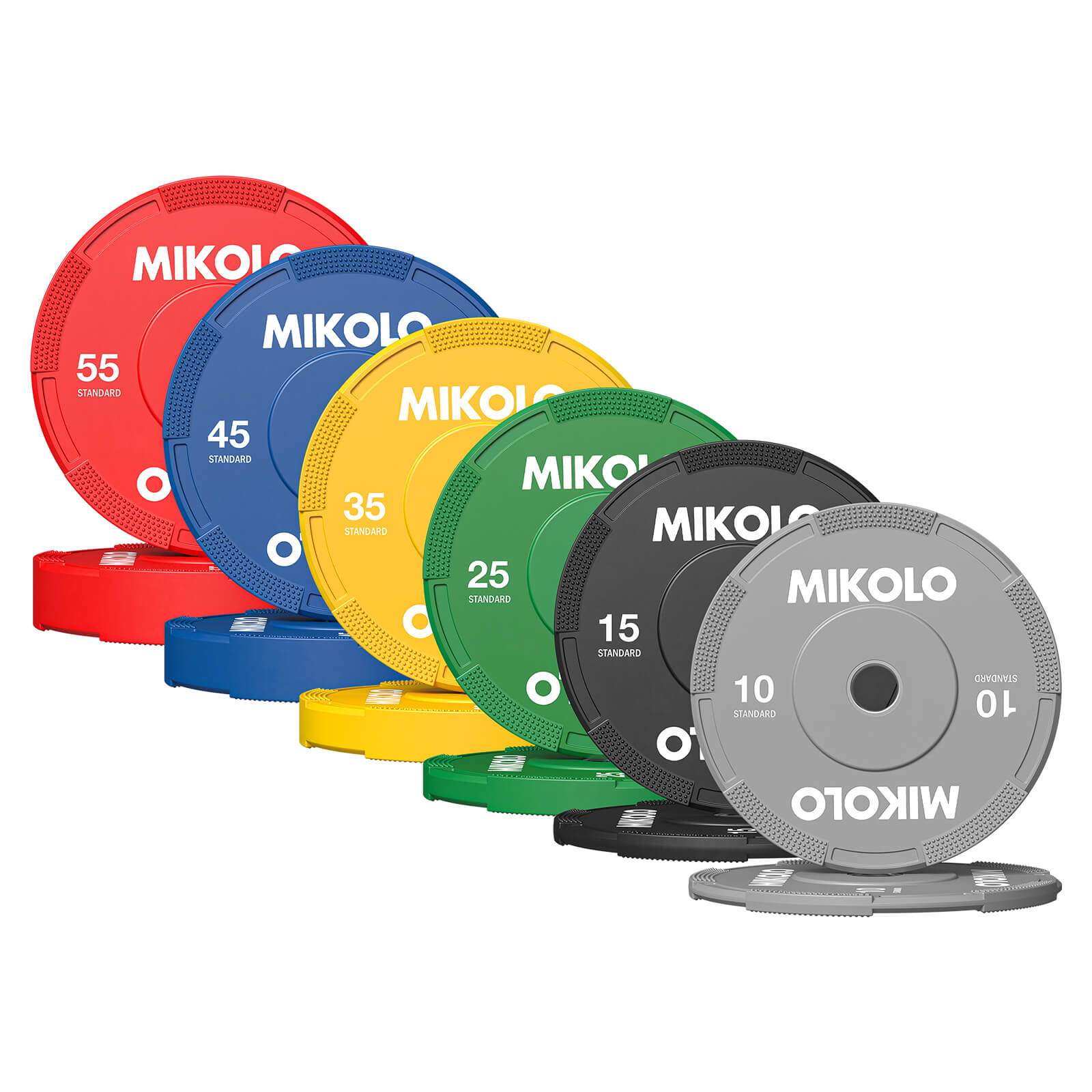
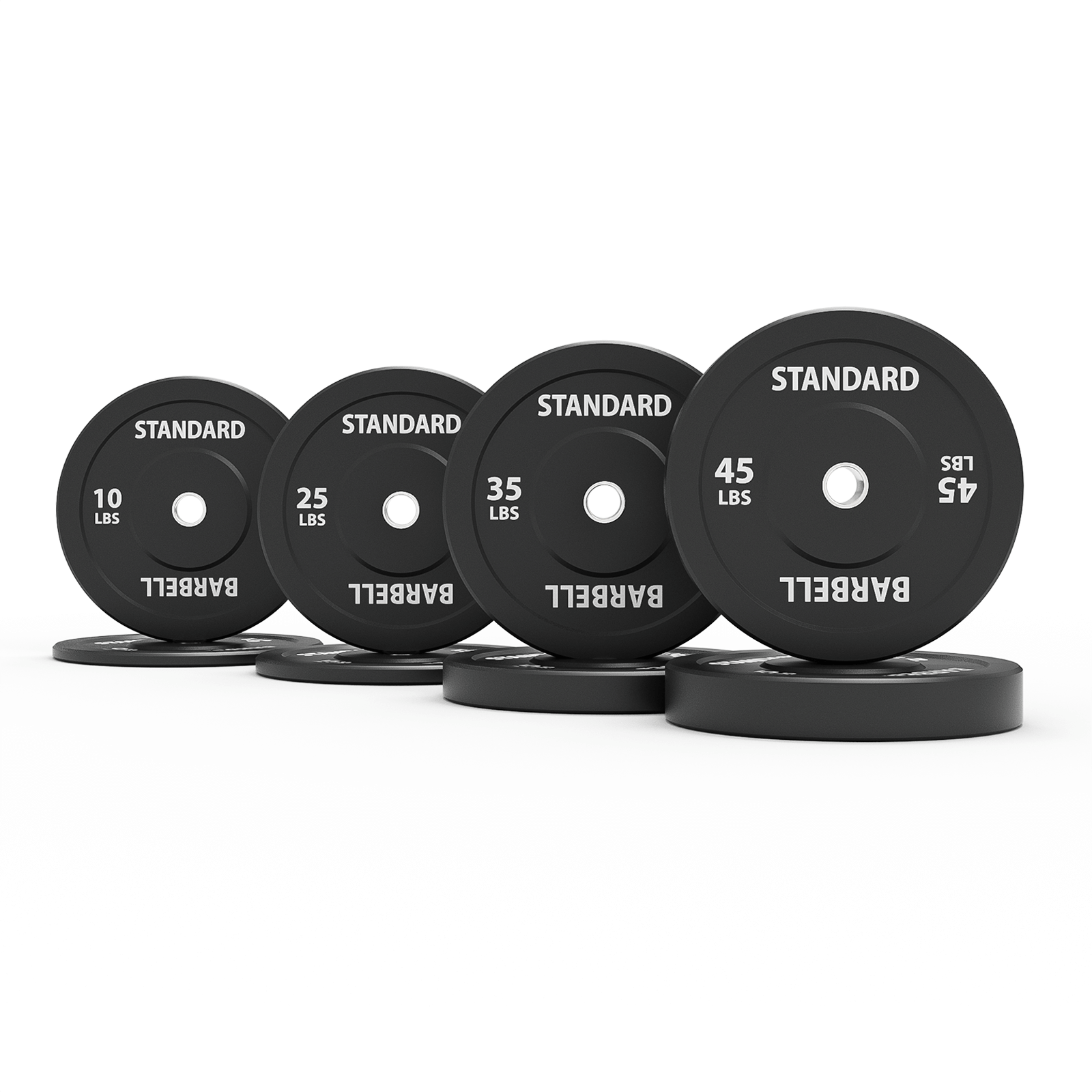
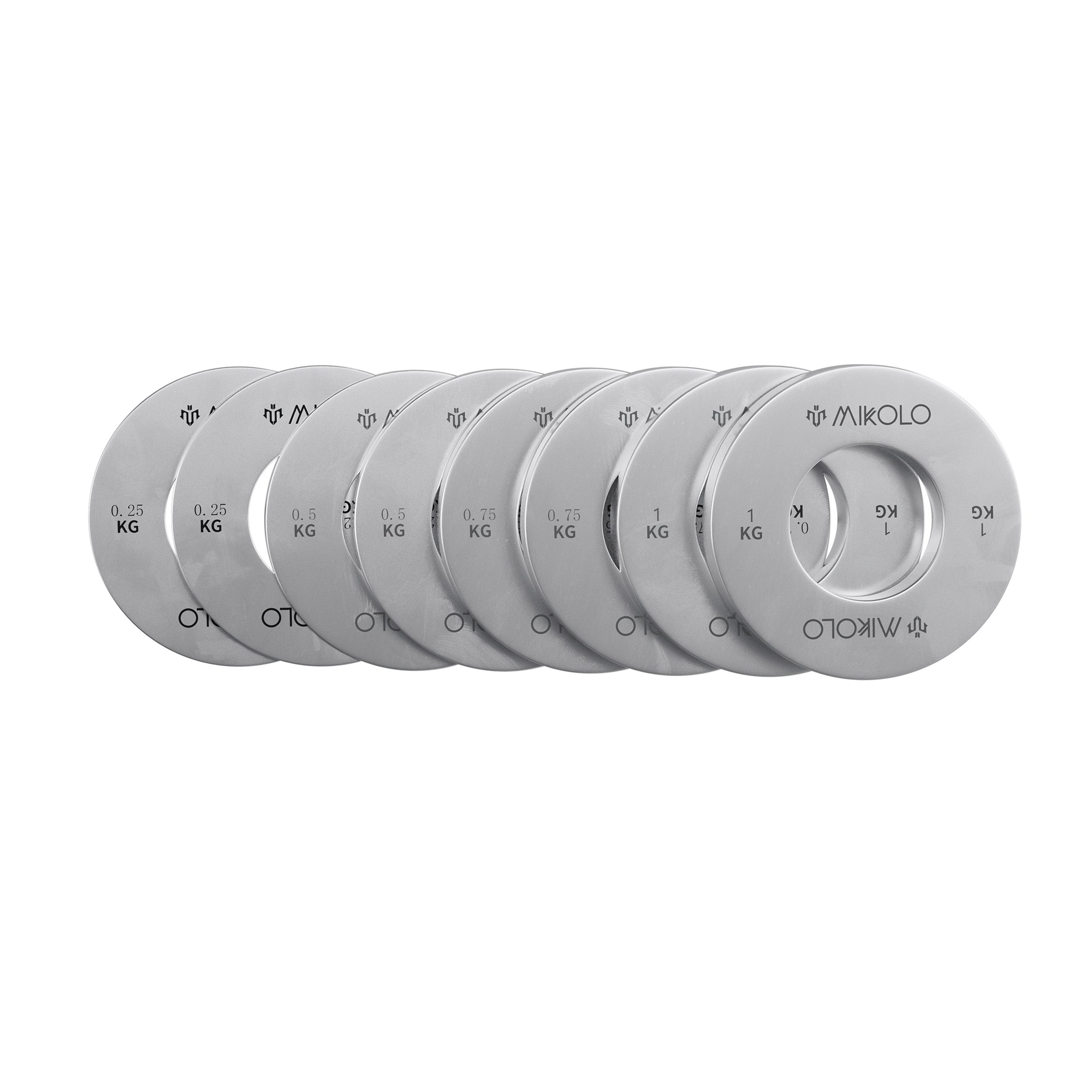

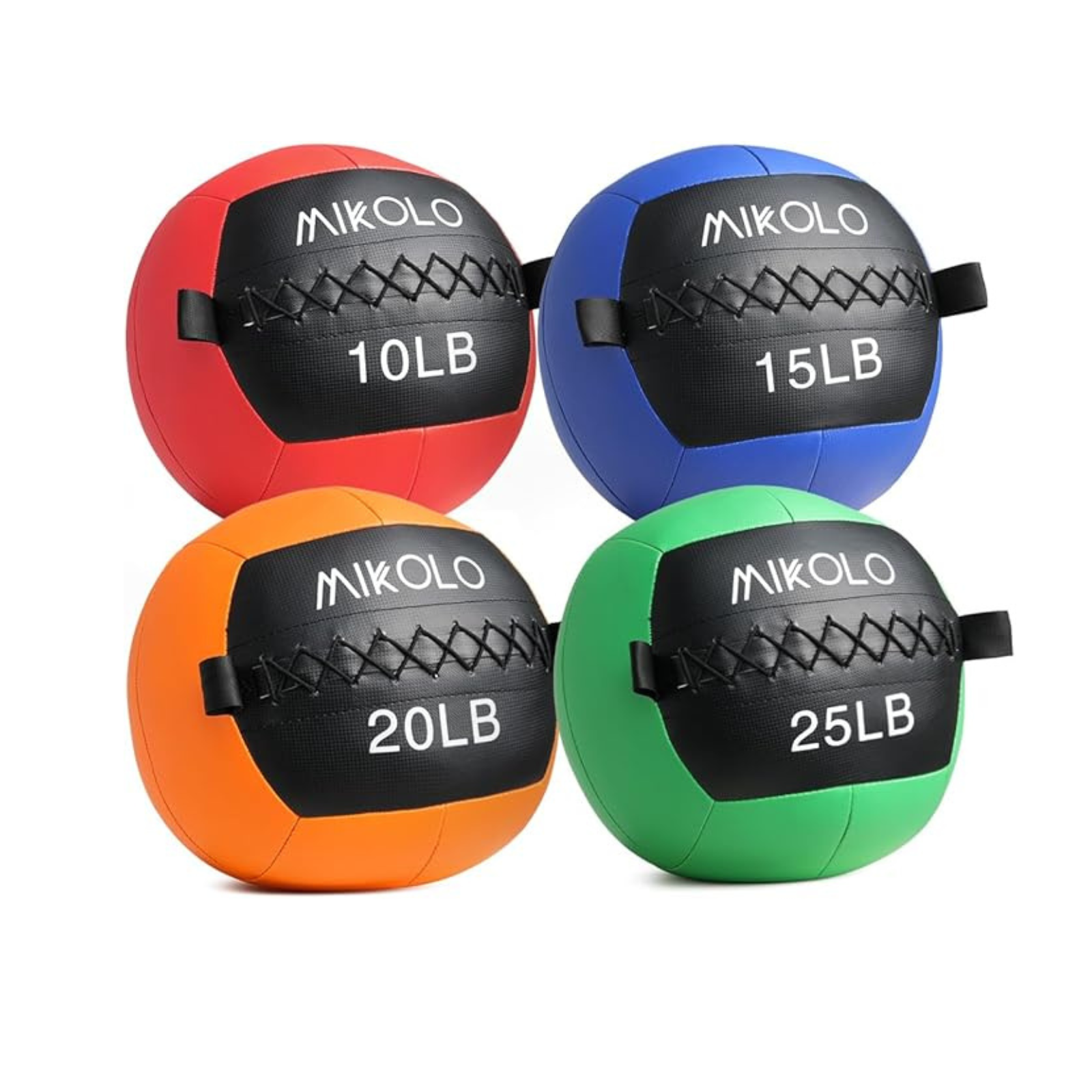

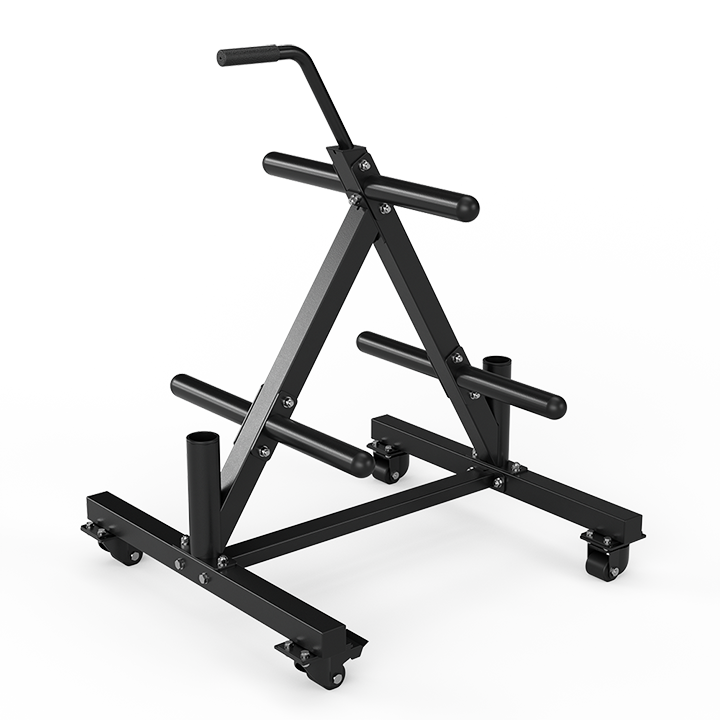
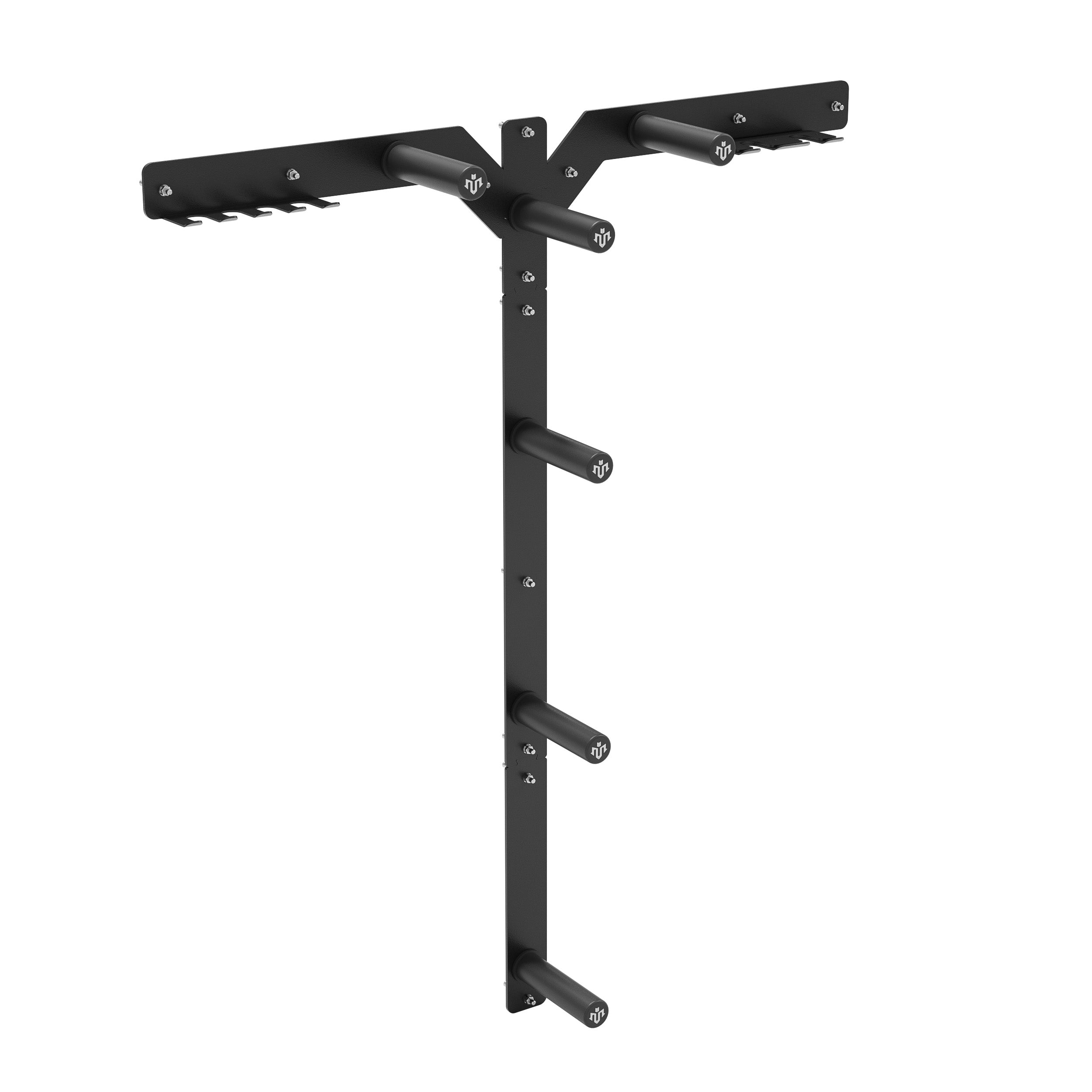
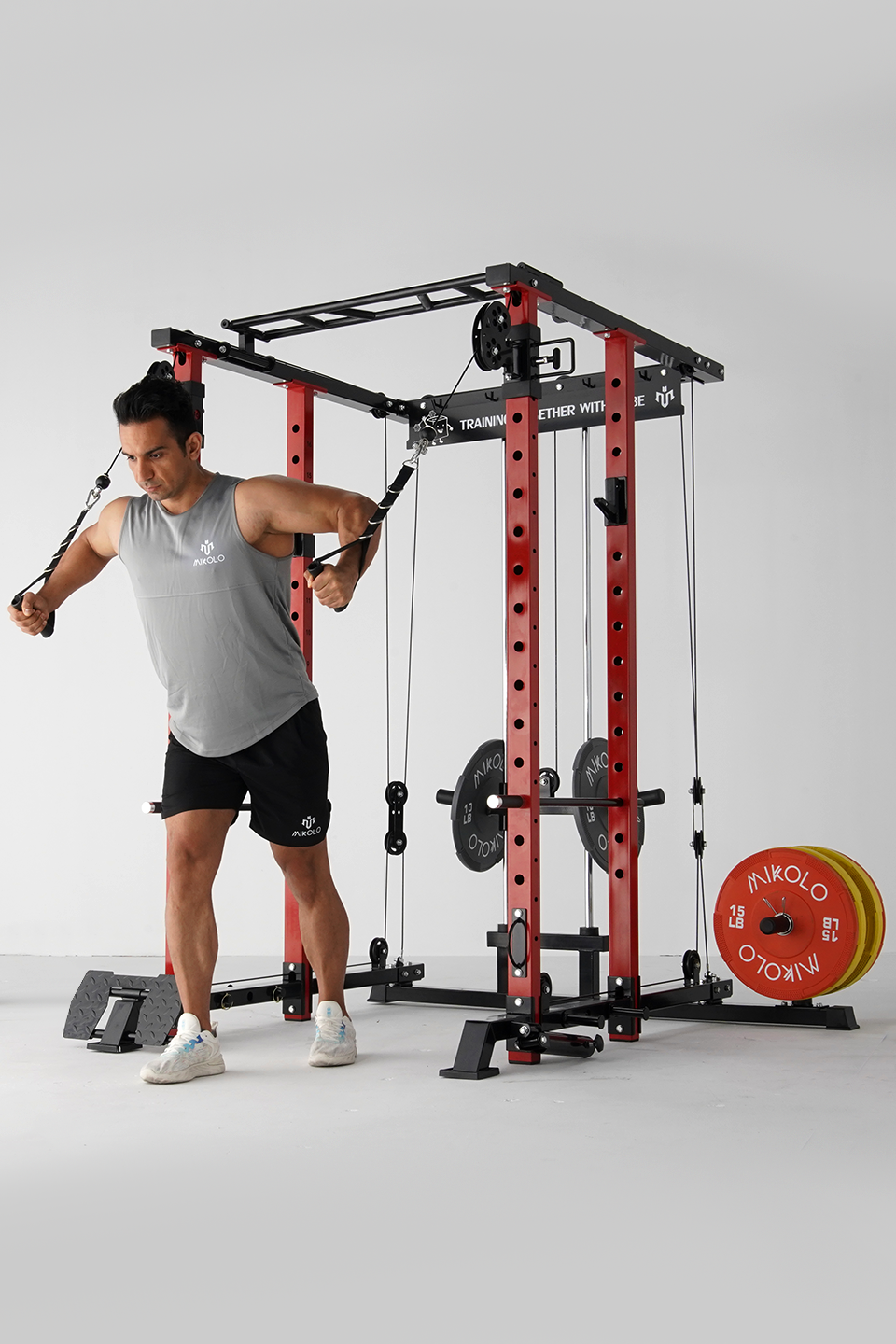



Leave a comment
This site is protected by hCaptcha and the hCaptcha Privacy Policy and Terms of Service apply.